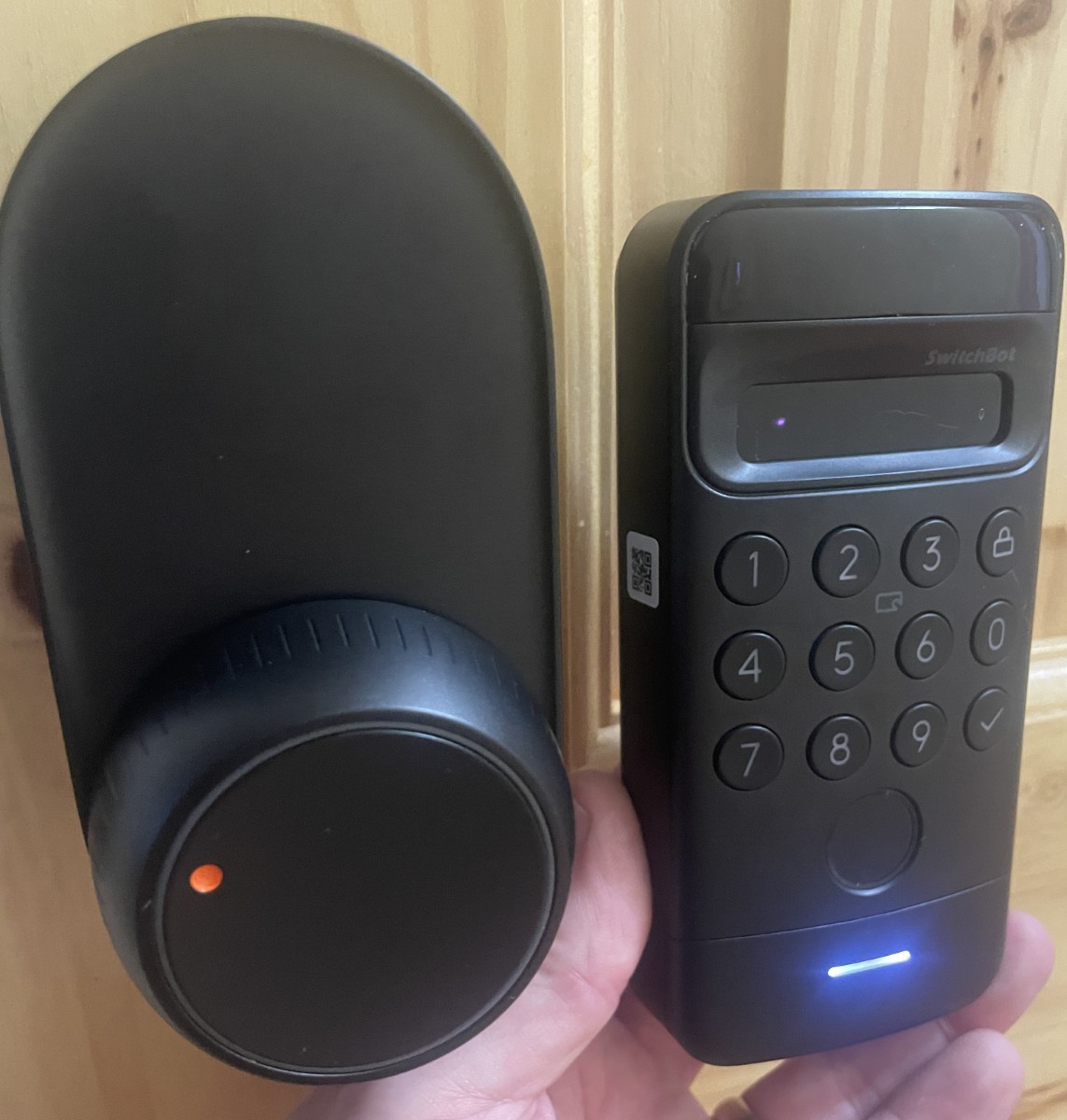
REVIEW— SwitchBot’s previous incarnation, the Lock Pro, is still on duty, keeping my storage room, lawn mower, and OrangeStorm Giga 3D printer secure. I love being able to unlock the door without fumbling with keys. One of my neighbors commented that he thought it was very cool. I couldn’t agree more. SwitchBot has an updated version, the Lock Ultra, which retains the same features, adds a lithium backup battery, and has a snazzy new look that will accentuate the look of any door. Plus, their new Keypad Vision unlocks the door with face recognition, fingerprints, codes, and NFC tags to add icing to the cake. Please join me for a deeper look!
⬇︎ Jump to summary (pros/cons)
Price: Lock Ultra – $139.99, Lock Ultra Vision Combo – $289.99
Where to buy: SwitchBot
What is it?
The SwitchBot Lock Ultra is a rechargeable motorized actuator that remotely operates door deadbolts. The Doorbell camera is a combination.
What’s included?
Lock Ultra:
- Ultra Lock
- Direction tape
- Main USB-C rechargeable battery pack
- Backup replaceable CR123 battery (inside lock body)
- USB-A to USB-C charging cable
- Mounting bracket
- Support tape
- Door status magnet
- Spare 3m Mounting strip
- Two large mounting screws
- Two small mounting screws
- Three lock cylinder adapters
- User manual
Keypad Vision:
- Keypad Vision
- Flat mounting plate and 3M mounting tape
- Angled mounting plate and 3M mounting tape
- Hole mounting template sticker
- Two black mounting screws
- Button sticker
- Ejection pin tool
- Four drywall anchors and four mounting screws
- USB-C charging cable
- Wet wipe
- Instruction manuals
Tech specs
- Material: PC, ABS, and Aluminum alloy
- Dimensions: 122 x 62.6 x 66.8mm (4.8 x 2.5 x 2.6 in.)
- Weight: 367g (14 oz.)
- Power supply: Rechargeable lithium-ion battery pack, one CR123 lithium battery for backup power
- Rated capacity: 4200mAh/15.54Wh
- Operating temperature: -10 to 45°C (14 to 113°F)
- Operating humidity: 10 to 90% relative humidity
- Connectivity: Bluetooth 4.2 or later
Keypad Vision:
- Material: PC with UV and weather-resistant coating
- Dimensions: 131 x 65 x 30mm (5.16 x 2.56 x 1.18 in.)
- Weight: 205g (7.2 oz.)
- Power supply: 5V, 2A
- Operating temperature: -20 to 45°C (-4 to 113°F)
- Operating humidity: 10 to 90% non-condensing
- Connectivity: Bluetooth low-energy
- IP rating: IP65
Design and features
The Lock Ultra arrives in a very nice-looking box. Ooh, swanky!
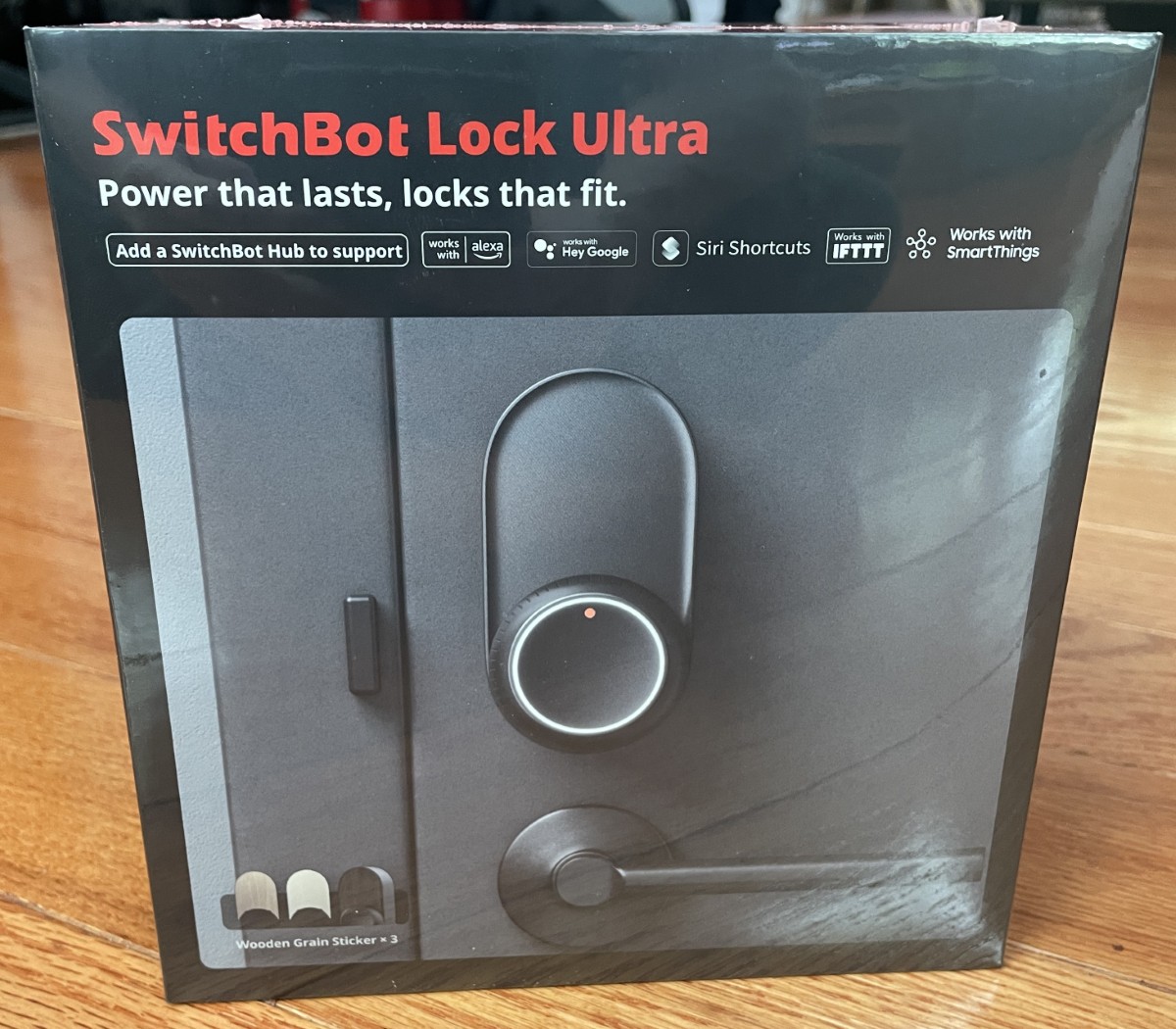
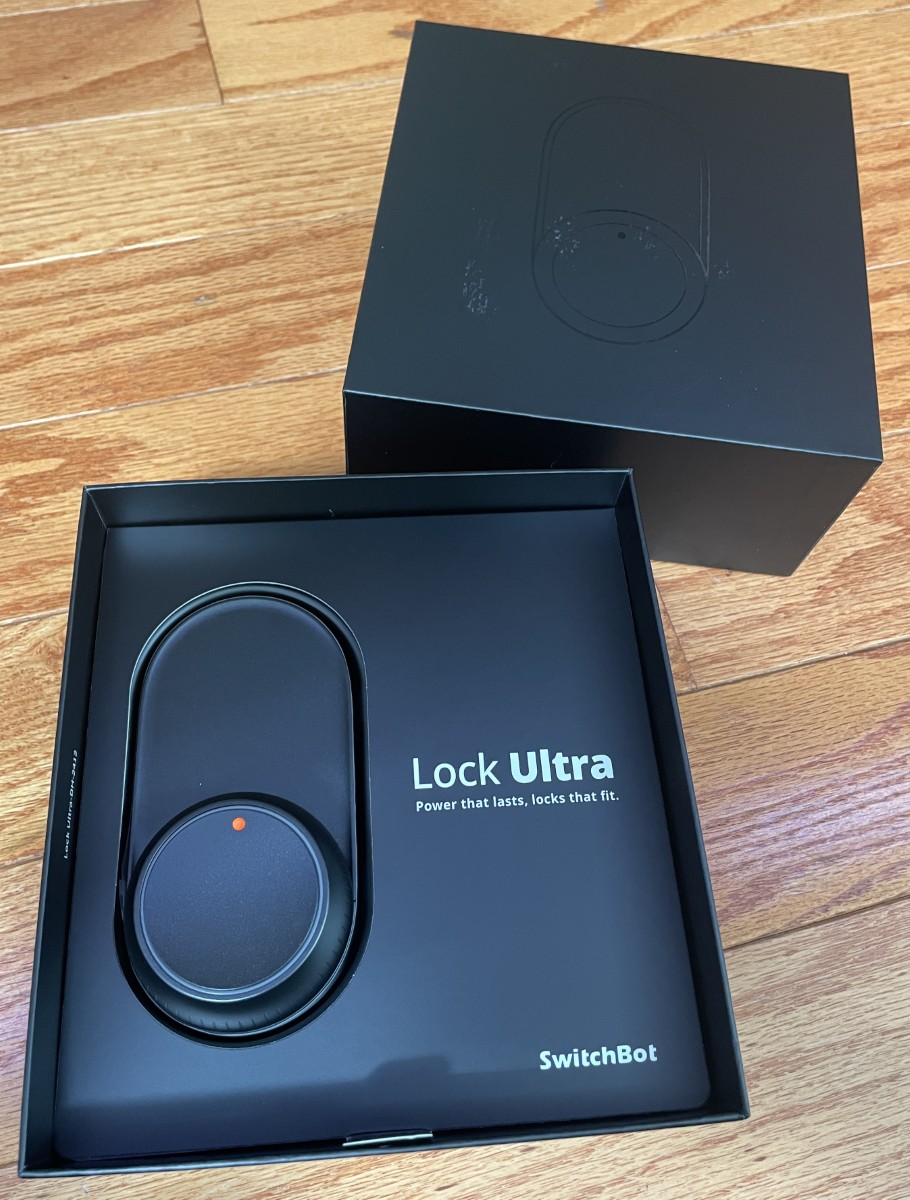
The power switch is hidden under a rubber cover on the back.
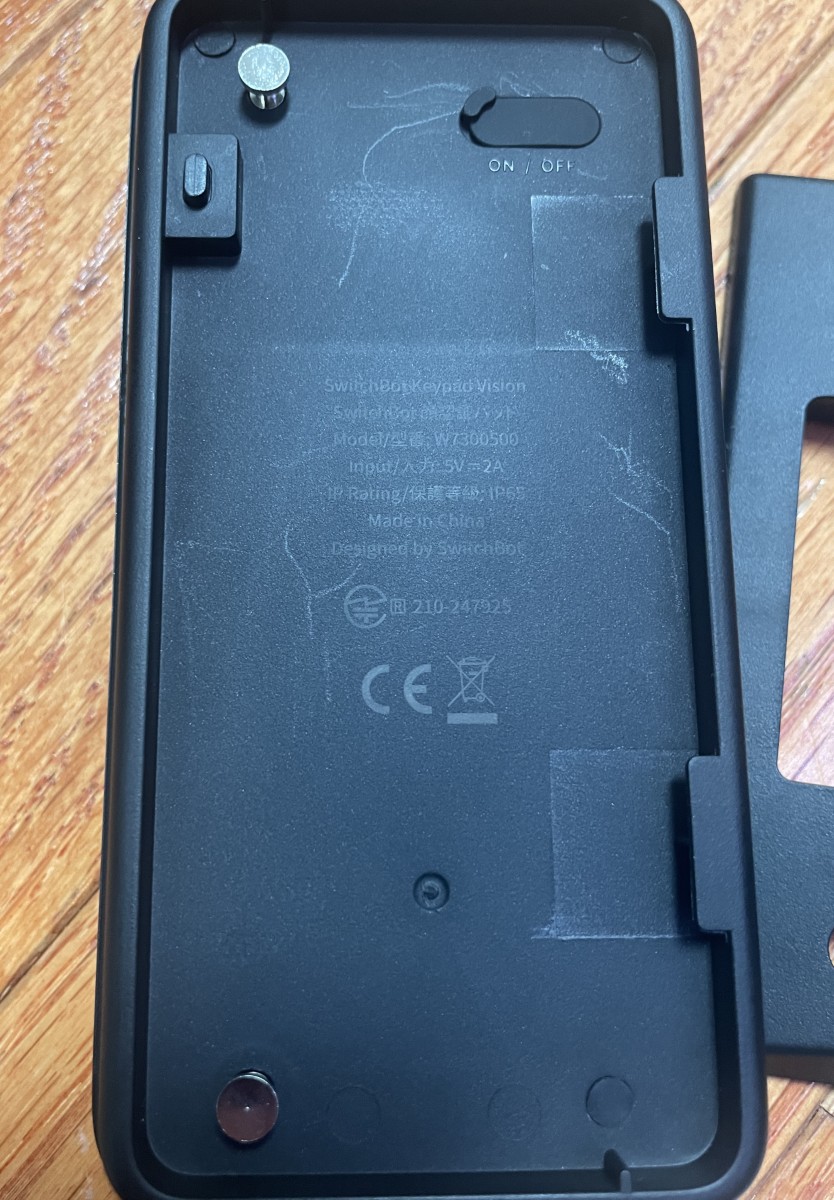
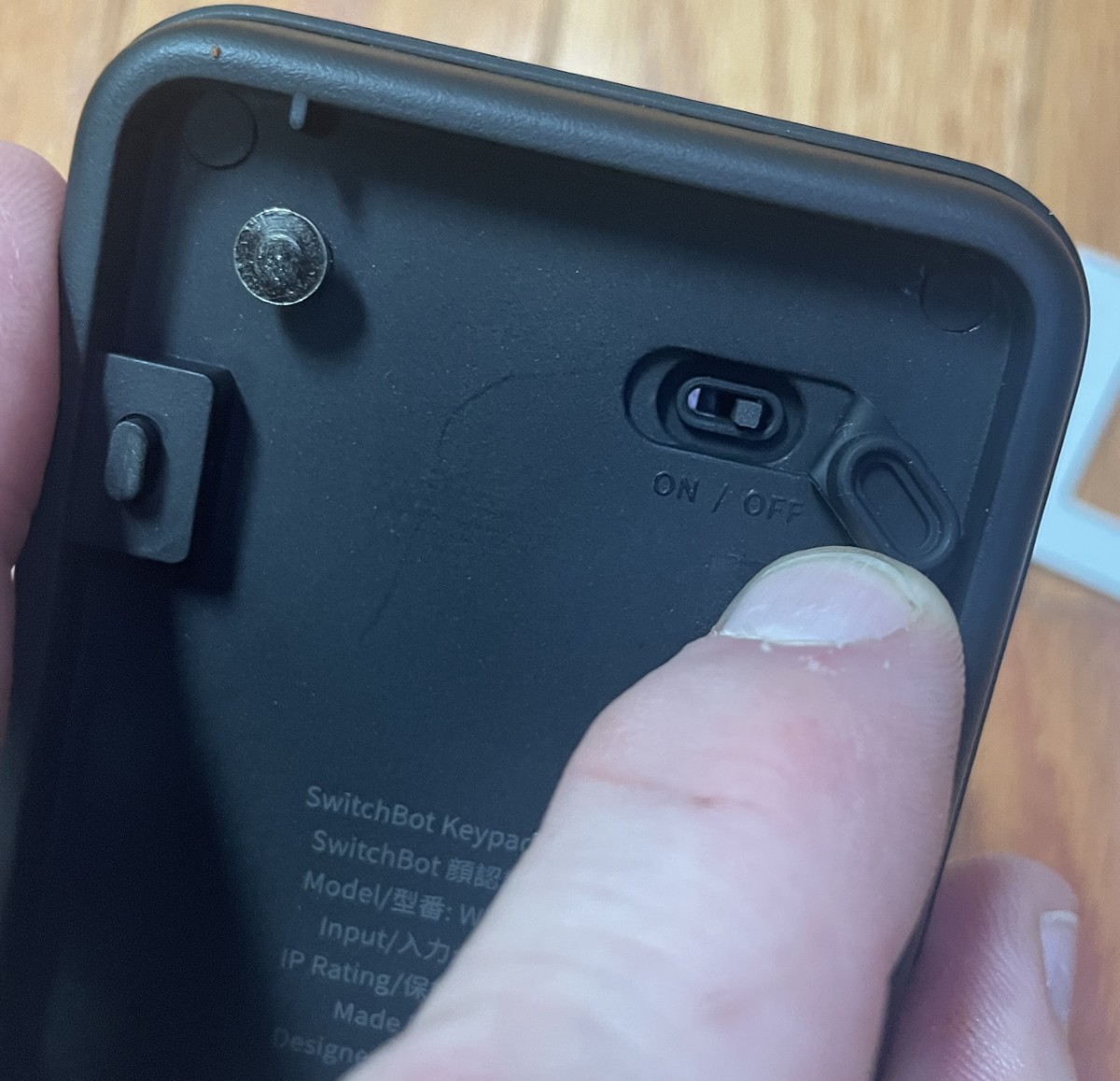
The Lock Ultra is protected and has all the bits and pieces needed for installation. It’s worth noting that it replaces an existing deadbolt and doesn’t include the outside cylinder assembly, key, strike plate, or latch.
The kit includes a new motorized robot that replaces the inside part, a mounting plate, screws, and a magnet that the Lock Ultra used to determine the door’s state.
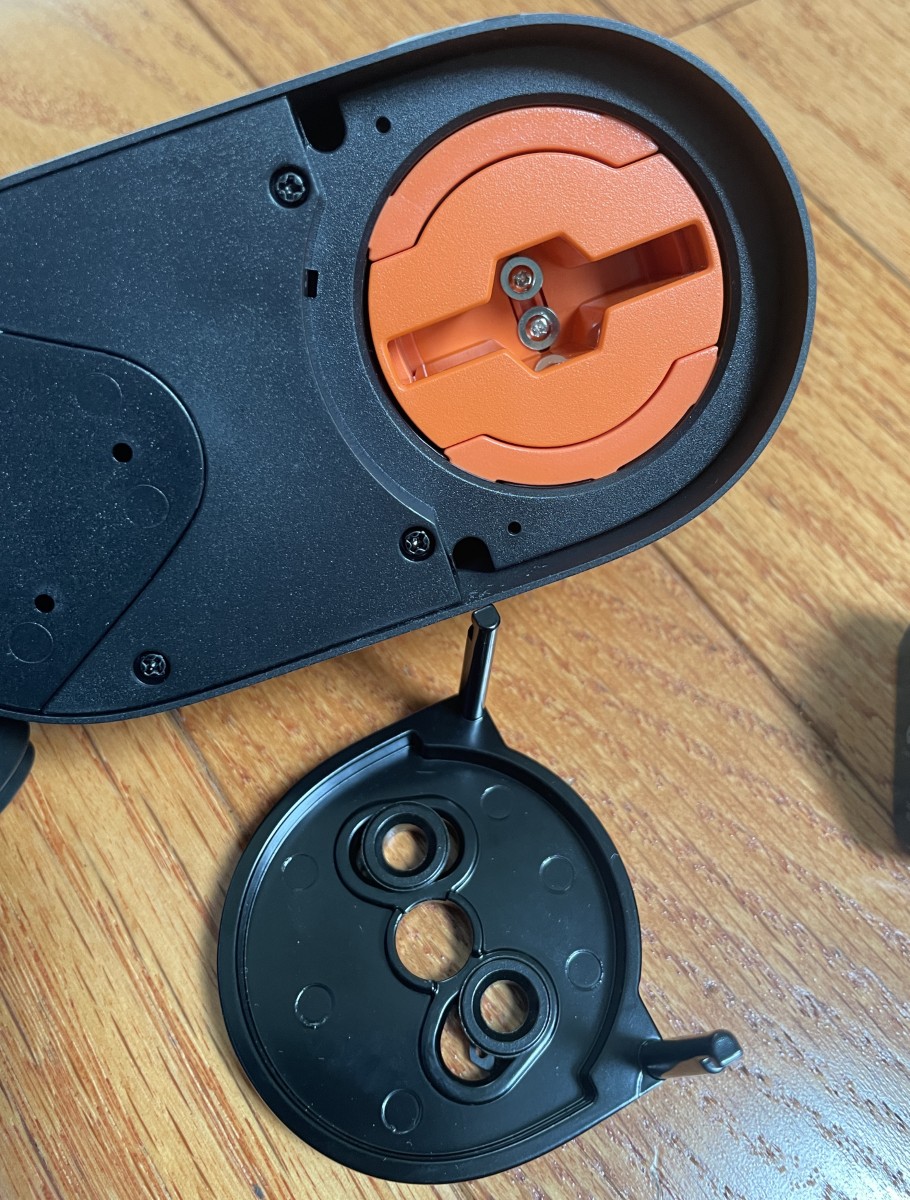
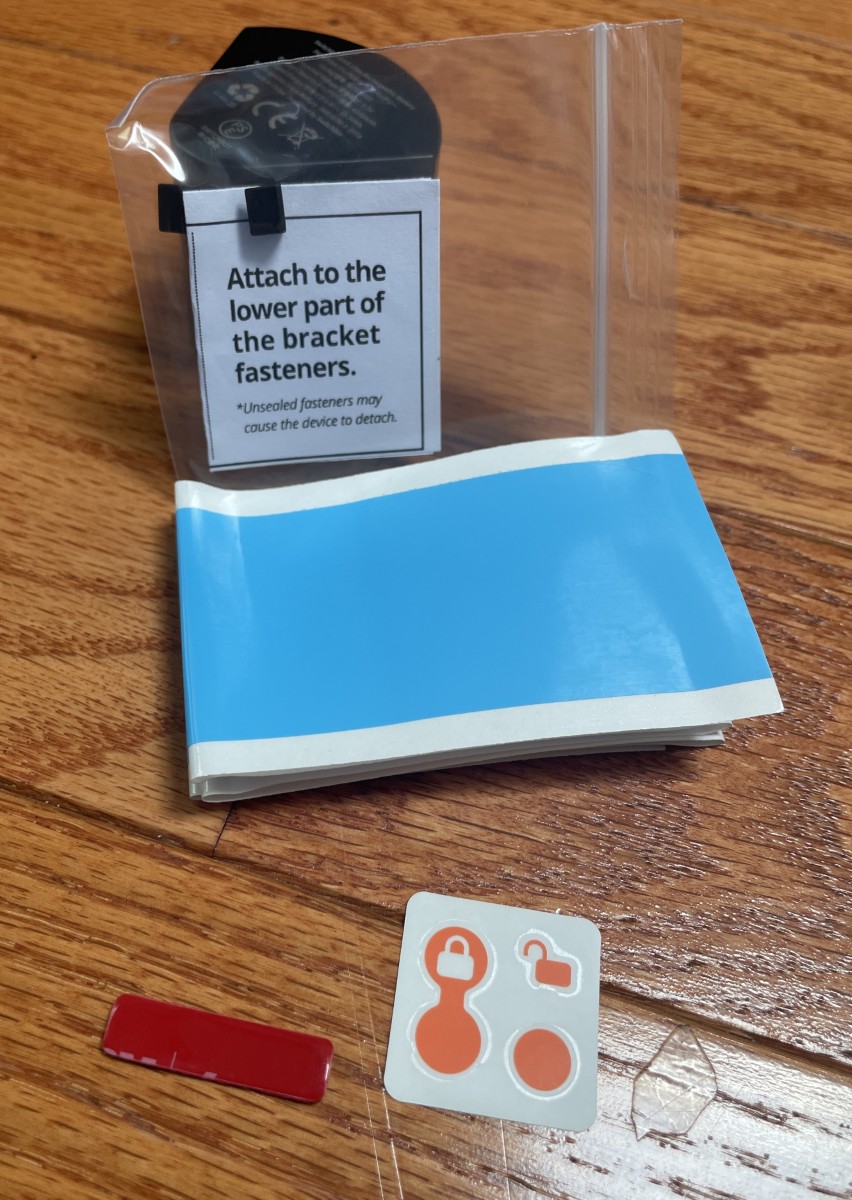
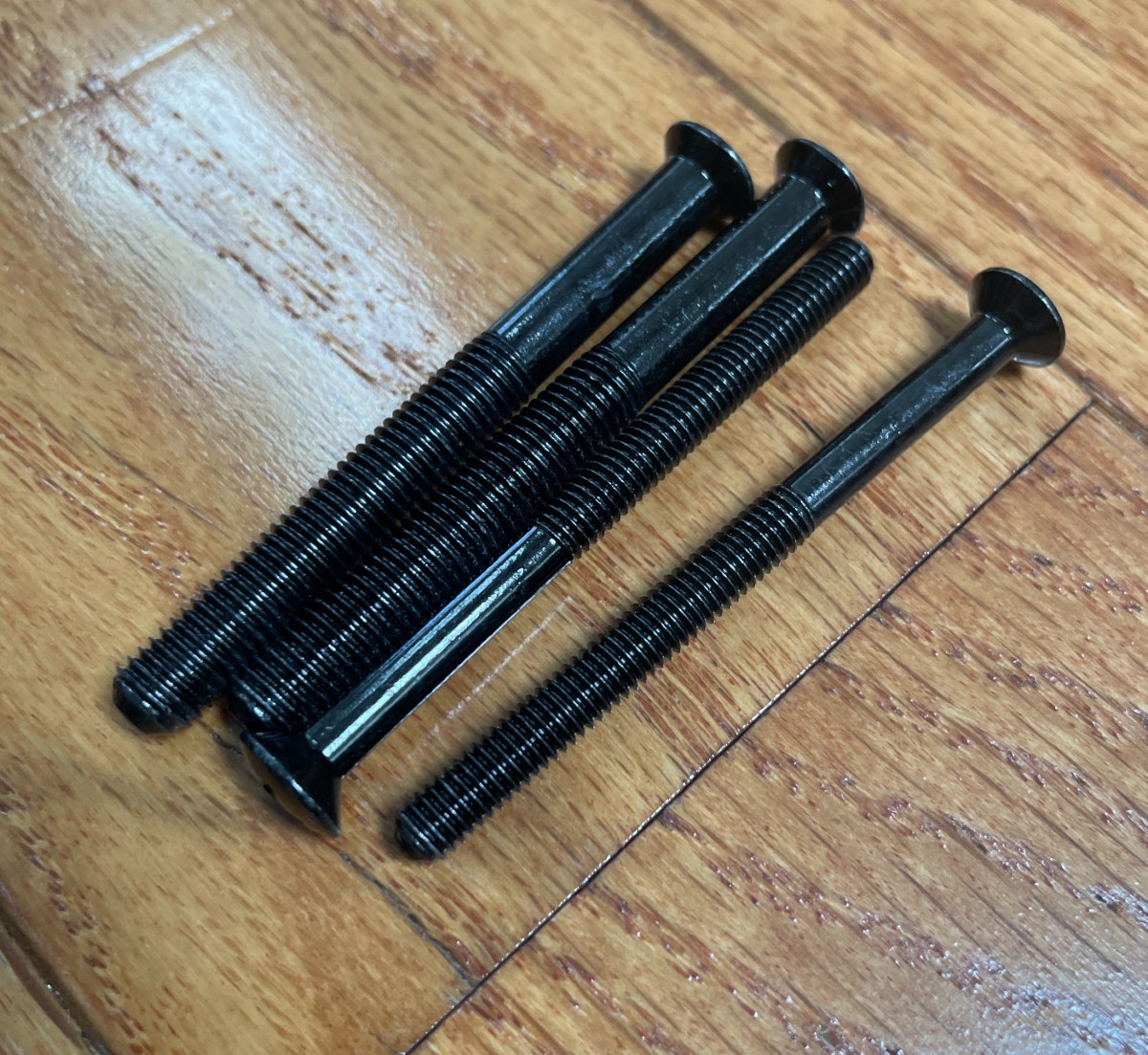
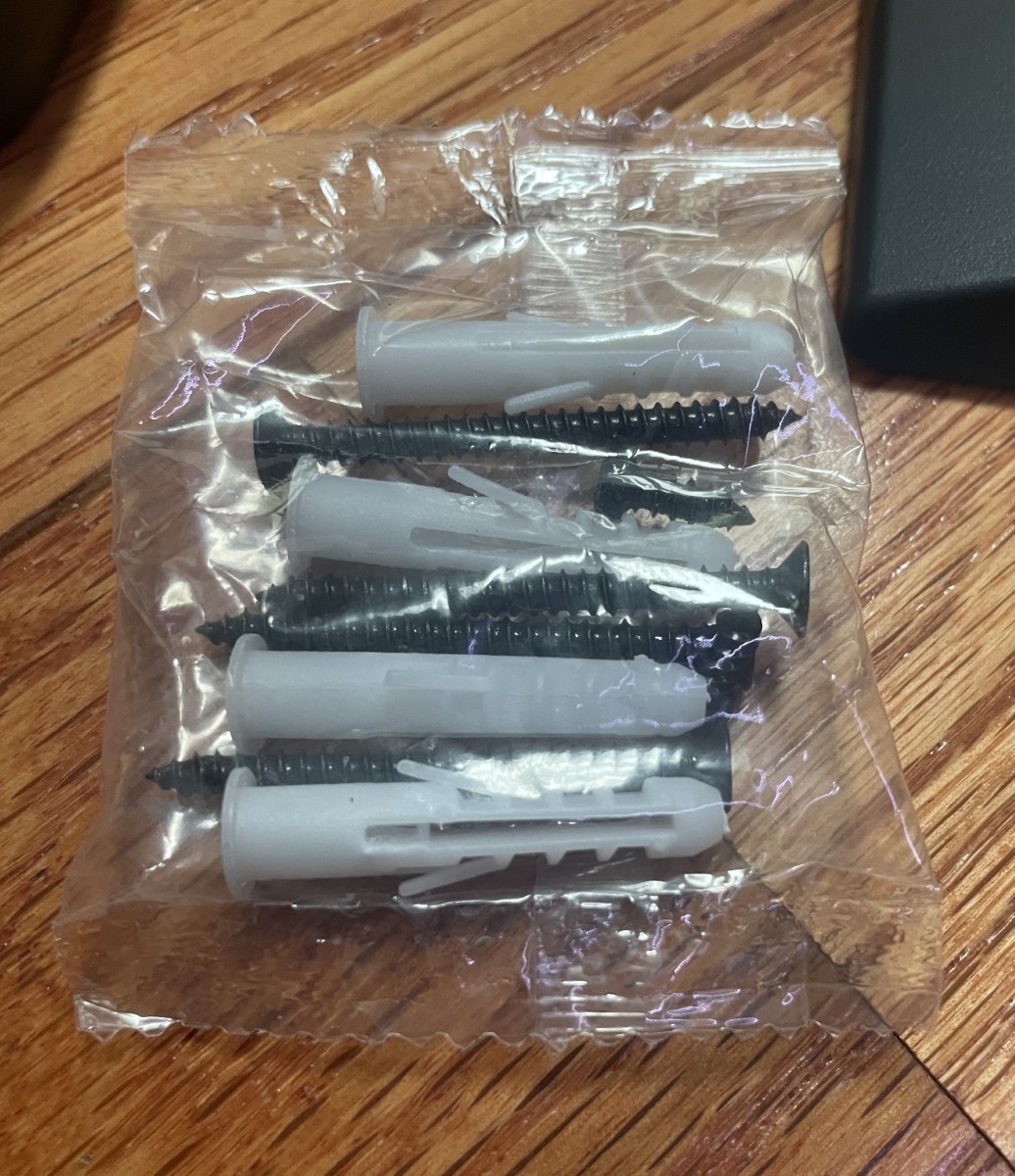
The battery cover attaches with magnets.
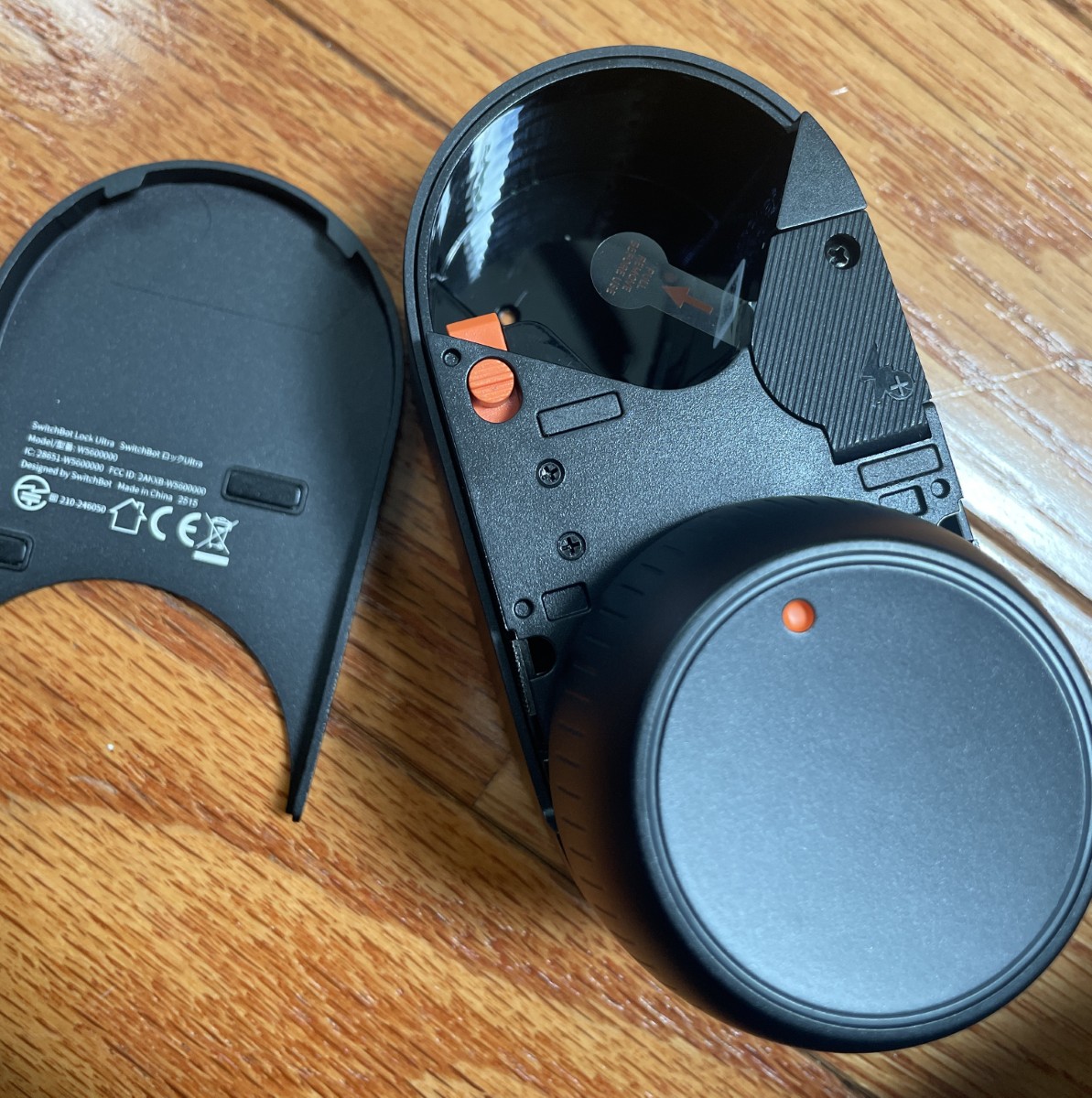
Three wood-tone adhesive stickers match the pizzazz of your door. Nice touch!
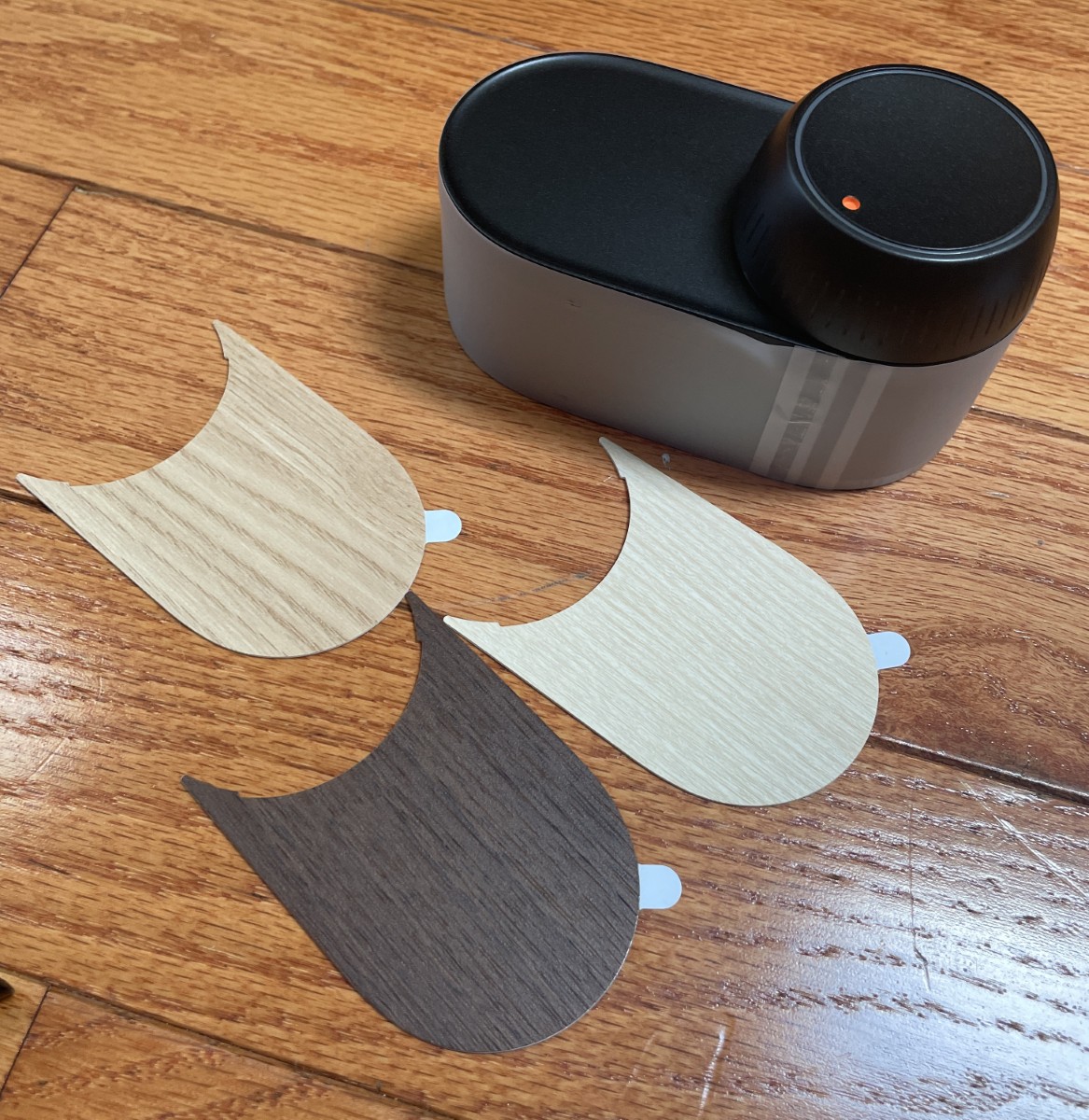
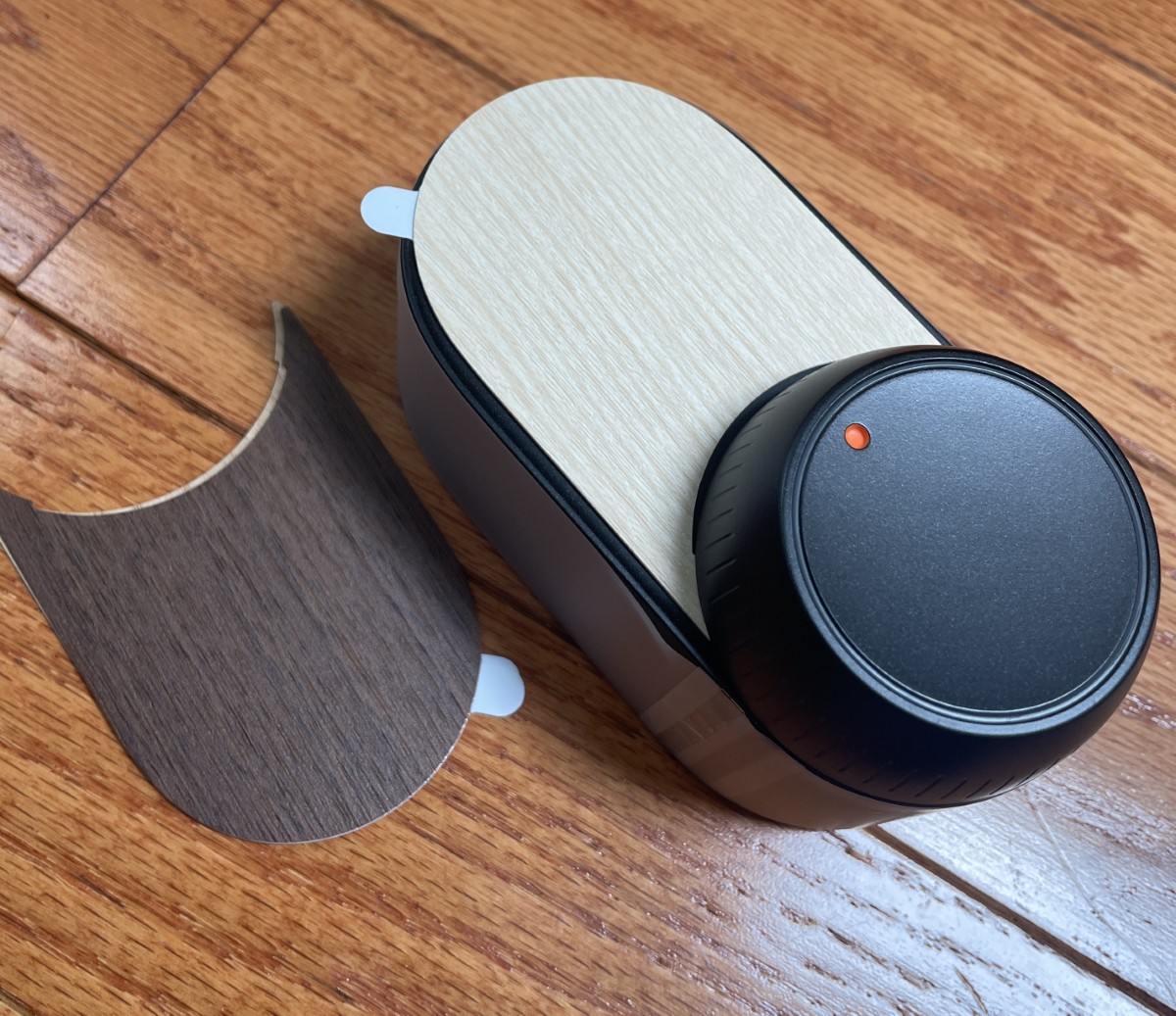
Installing the inside plate took only minutes – apply supporting tape (or have a helper assist) to keep the outside part of the lock from falling out, unfasten the original screws (you’ll need to provide the screwdrivers), align the new mounting bracket with the cylinder, and install one of the new sets of screws if they fit. In my case, the lock cylinder’s screws were wider than the holes. A few minutes with a drill resolved the issue quickly.
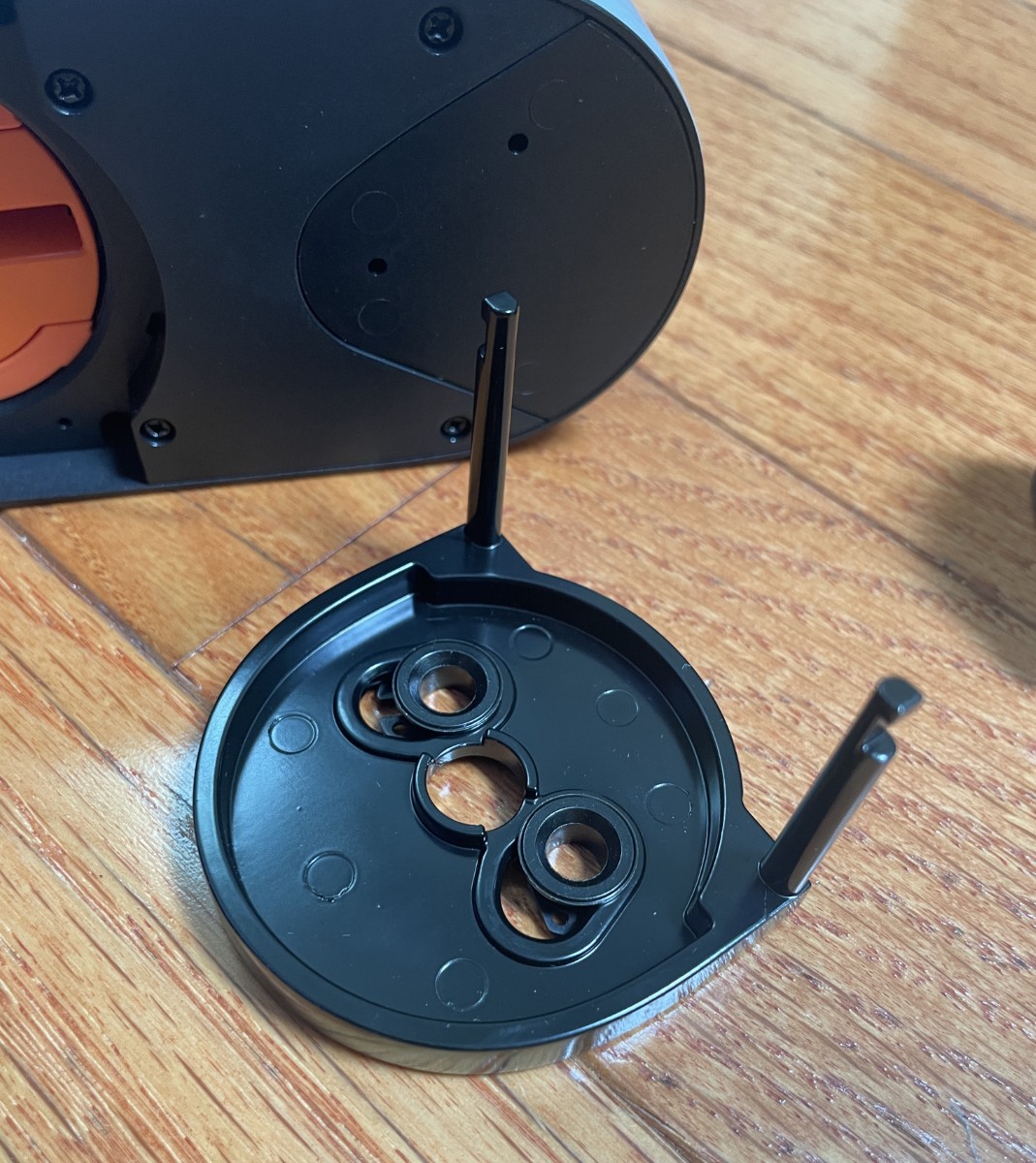
Like its predecessor, SwitchBot engineers provided a clever solution to make the Lock Ultra as compatible as possible with many lock manufacturers. The central hub engages one of three adapters that slide onto the cylinder locking shaft. The other end, the hexagonal side, seats into the spring-loaded orange receiver inside the lock.
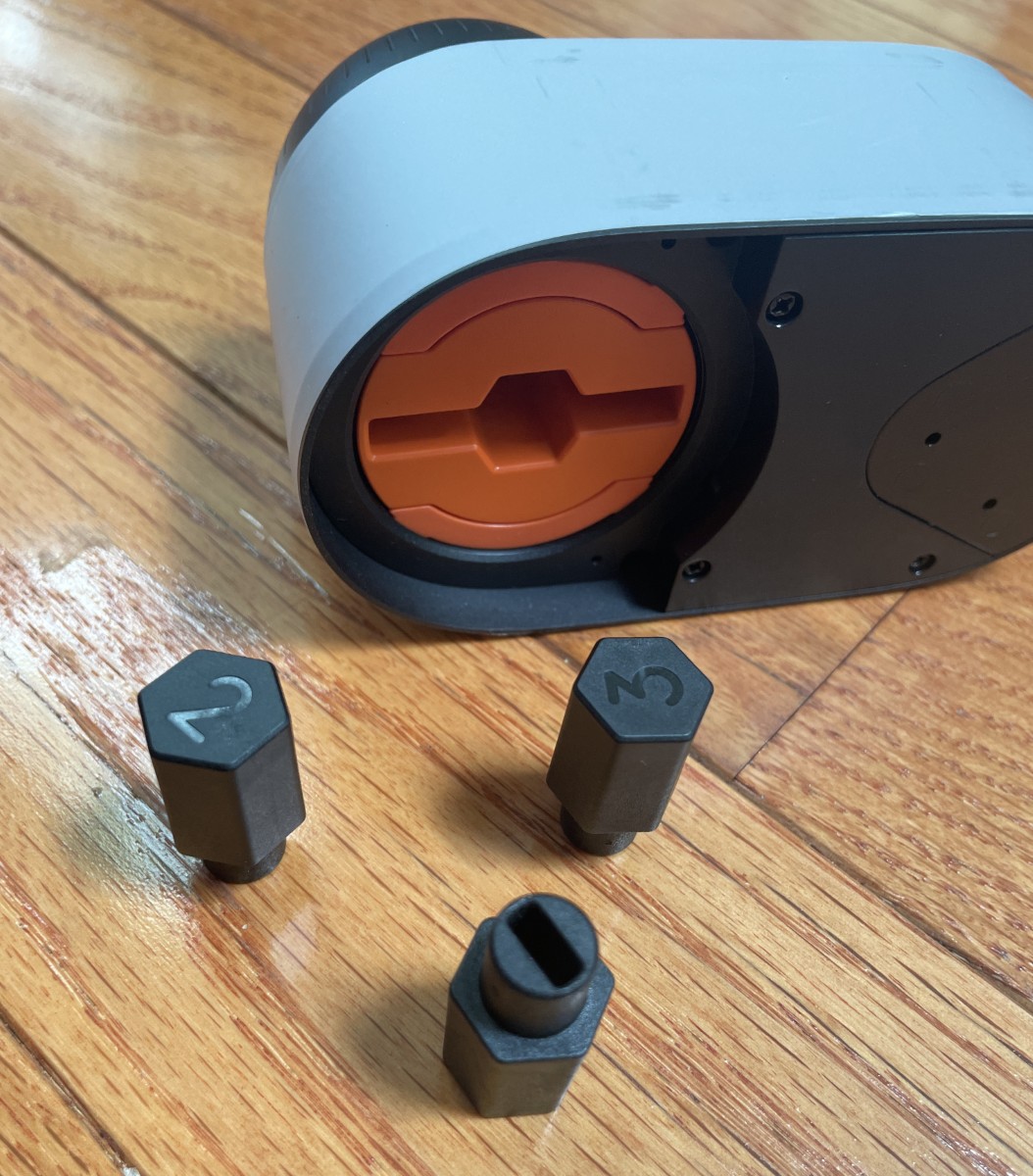
There’s a small tab to retain the battery. Slide it out, pop the battery in, and reengage the tab.
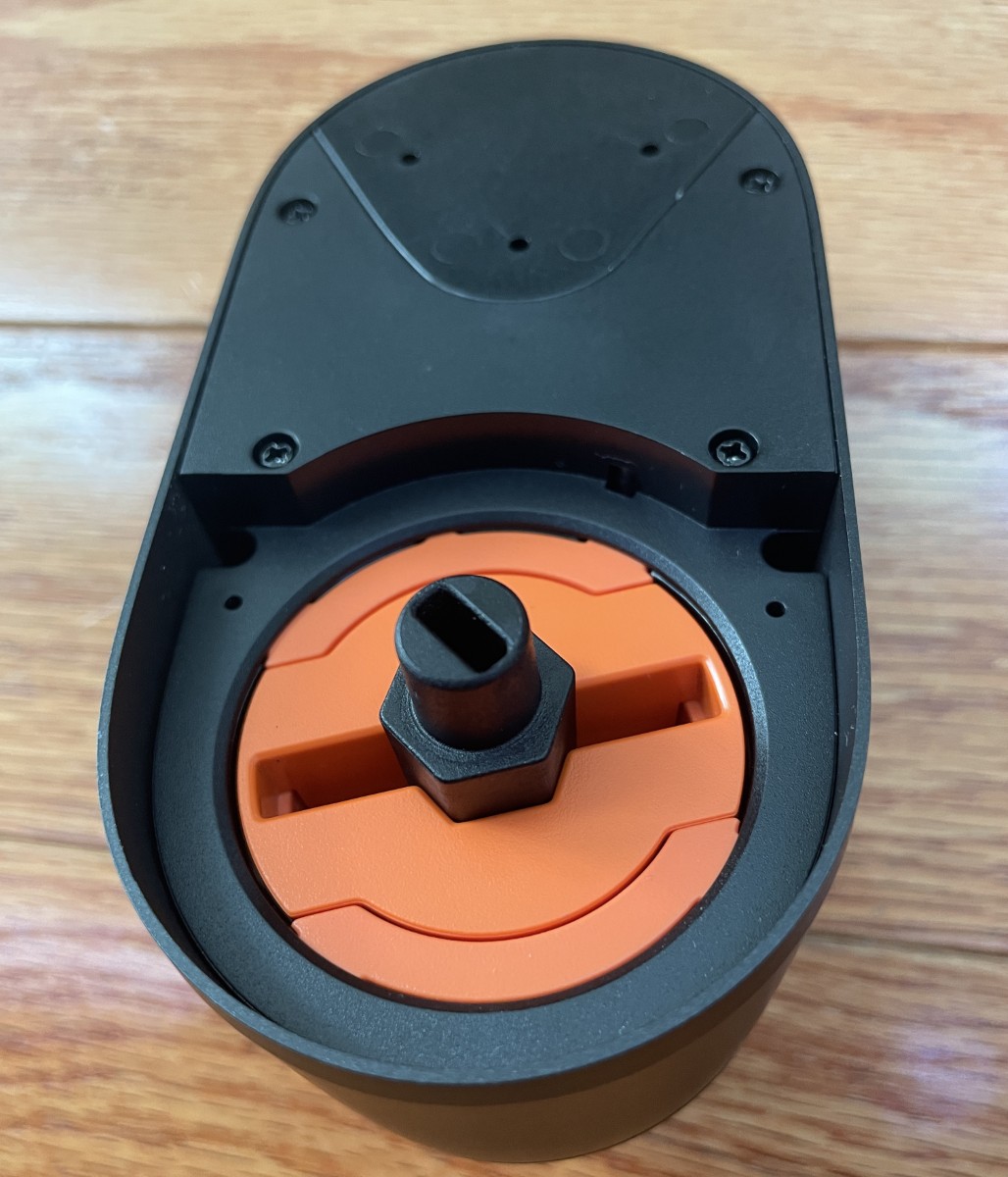
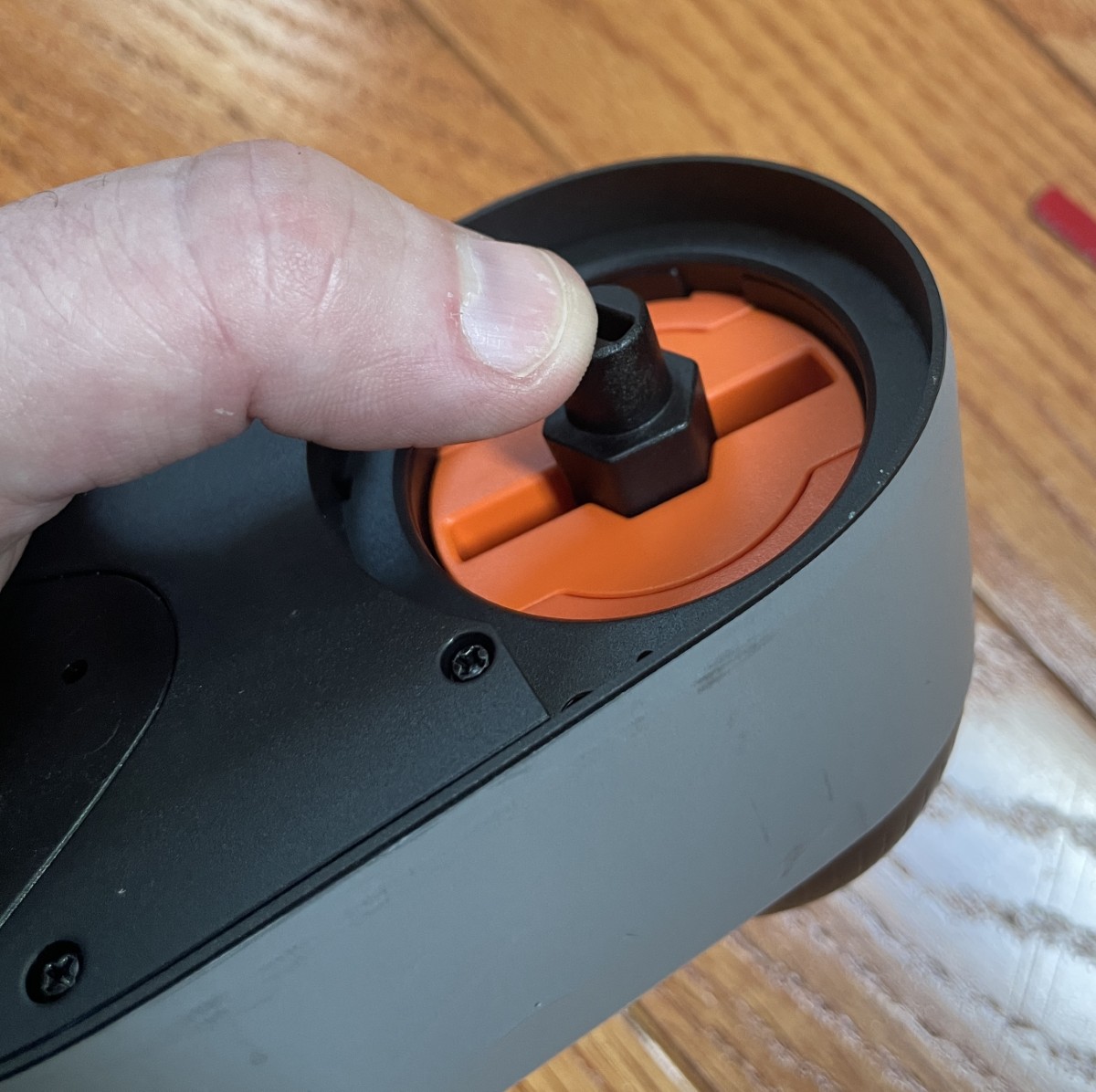
I ran into an issue here. None of the three adaptors fit any of the locks in my house, so I designed and 3D-printed a compatible part.

The body of the Lock Ultra engages with tabs that attach it to the mounting plate. Flip the latches to disengage them, seat the body firmly against the mounting plate, and pop the latches back up again to secure the Lock Ultra. Be sure to rotate the thumbturn to make sure there’s no binding.
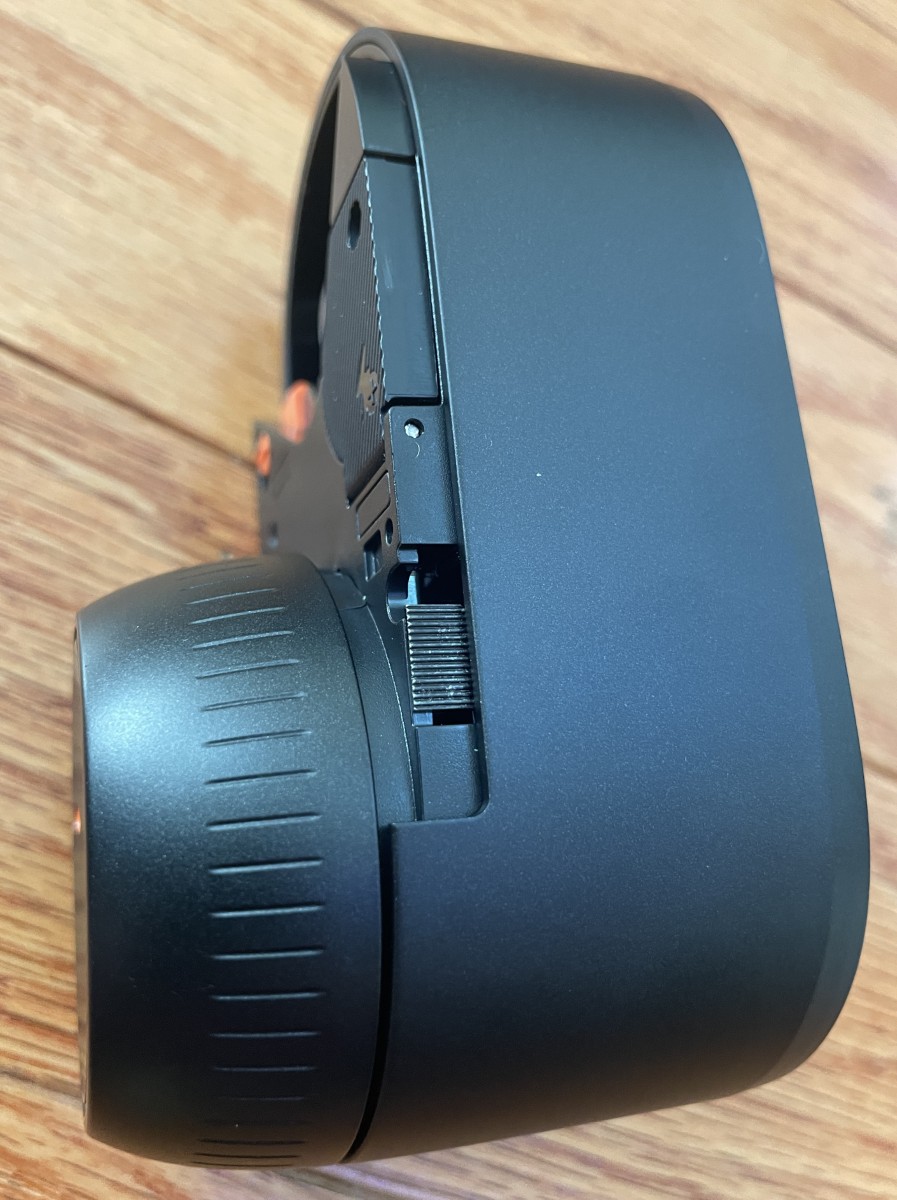
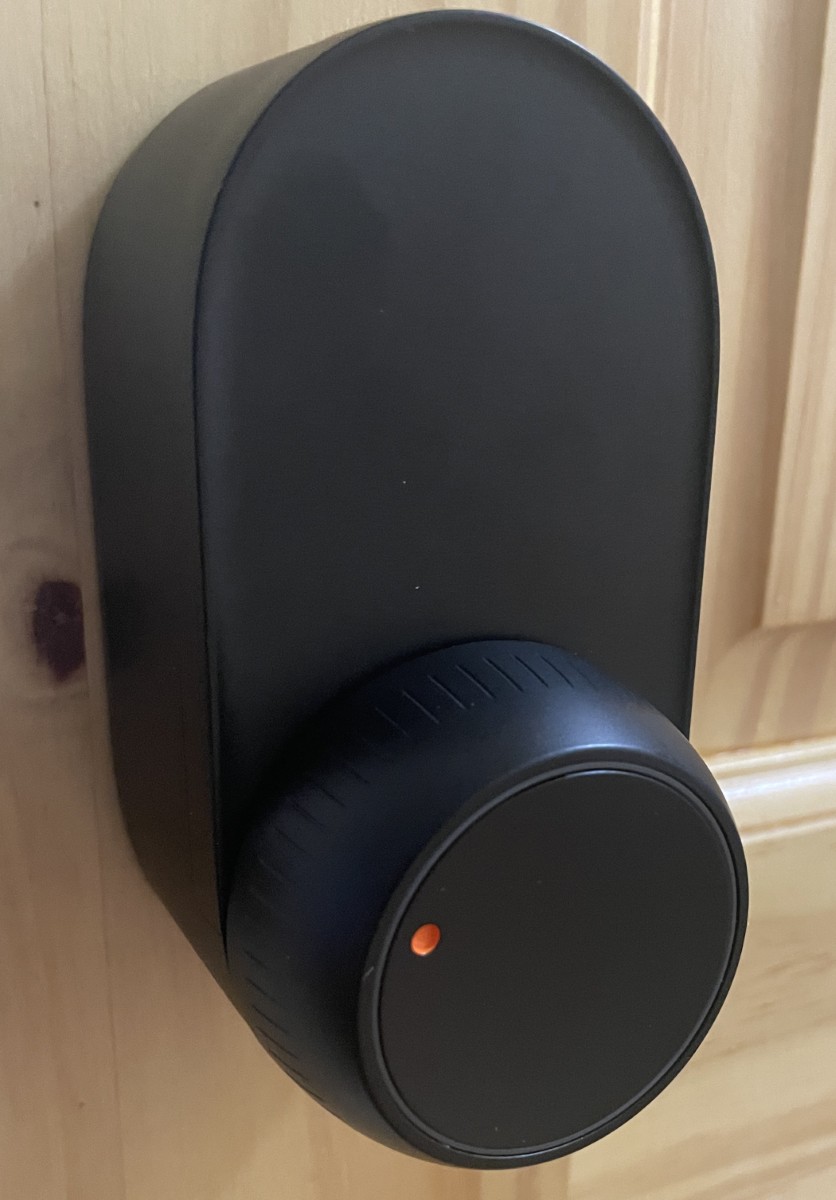
Tapping the large button on the thumbturn engages and disengages the lock. There’s a lovely ring light around the perimeter.
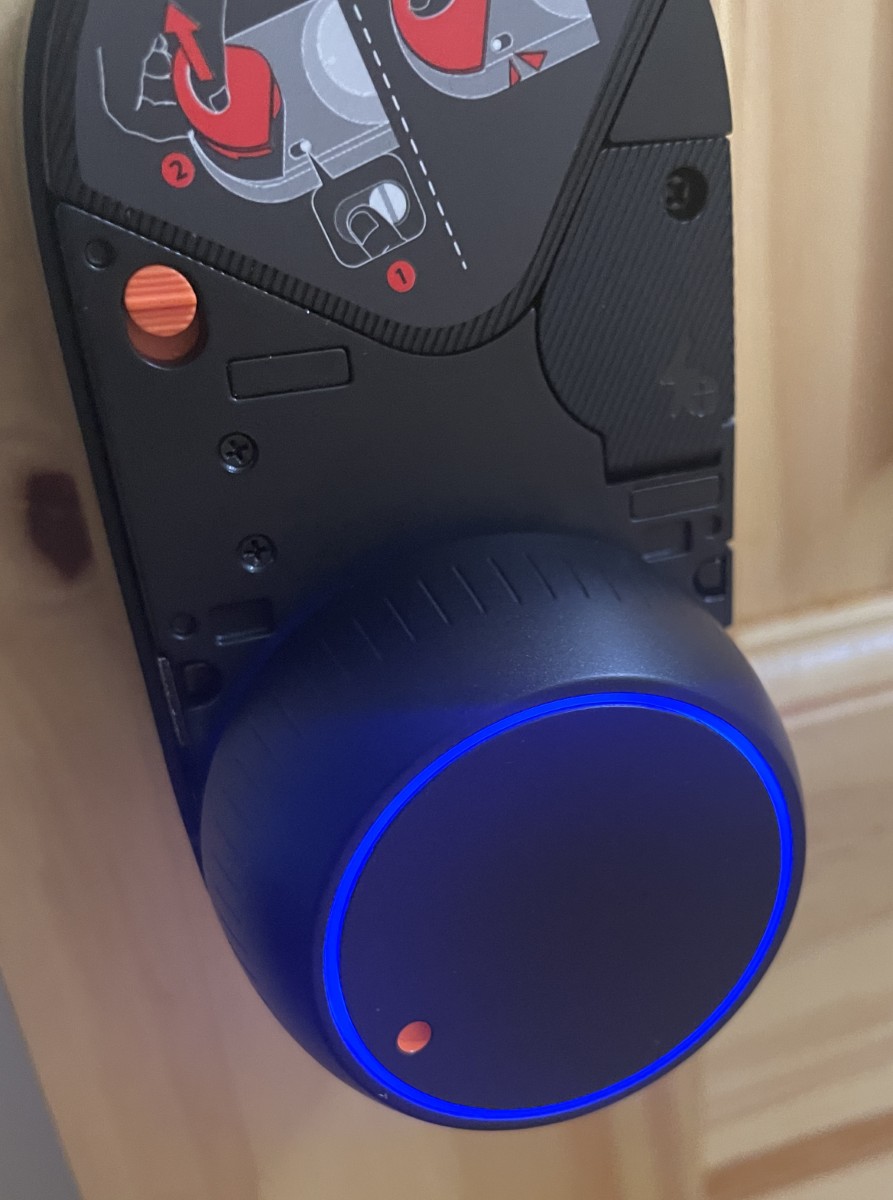
The closure sensor magnet is directional—one side is zero to 30mm (1.2 in.), and the other is 30 to 50mm (2.2 in.) from the center line of the thumbturn.
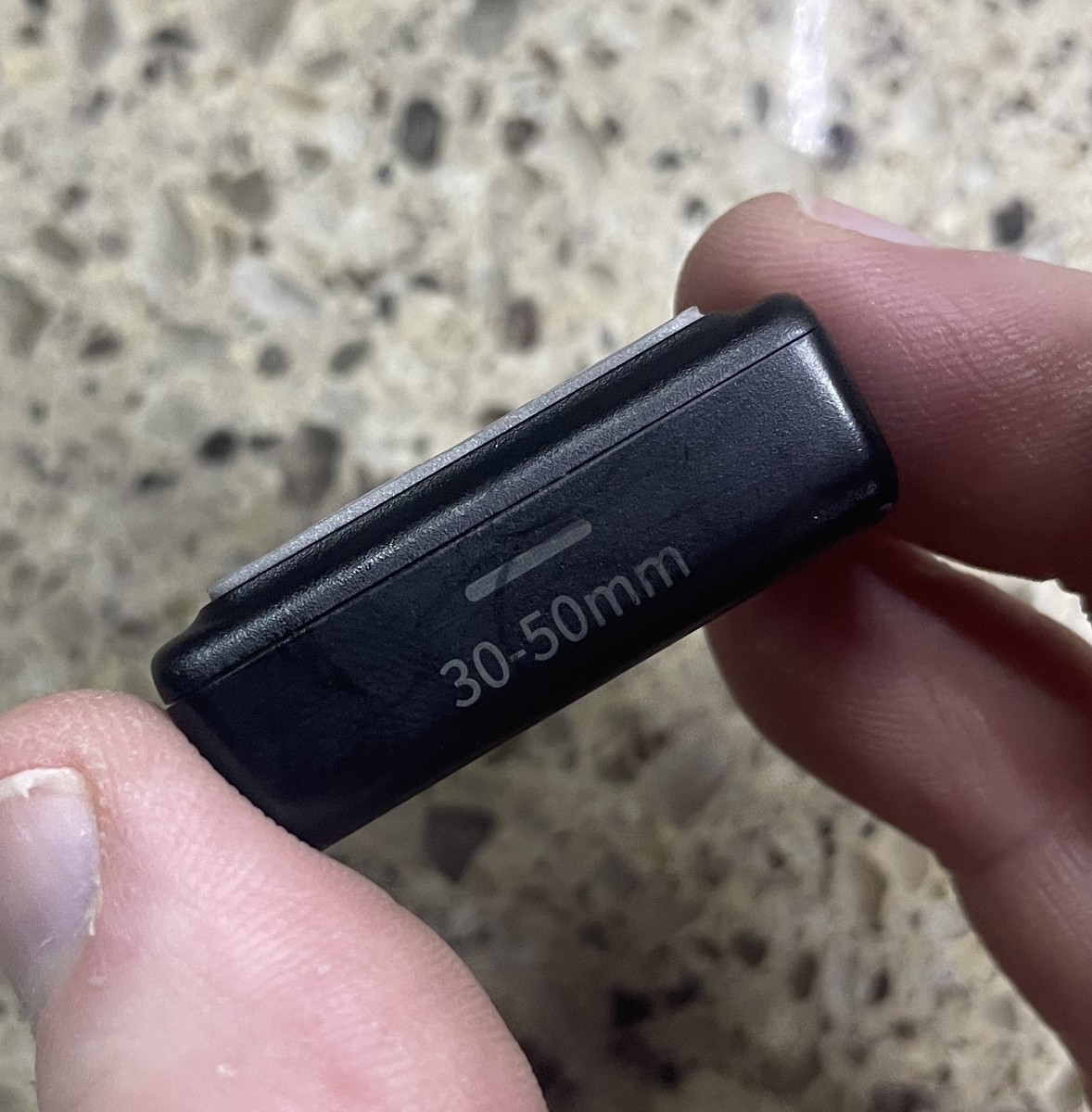
Now that it’s mounted remove the cover and the backup battery preservation tab.
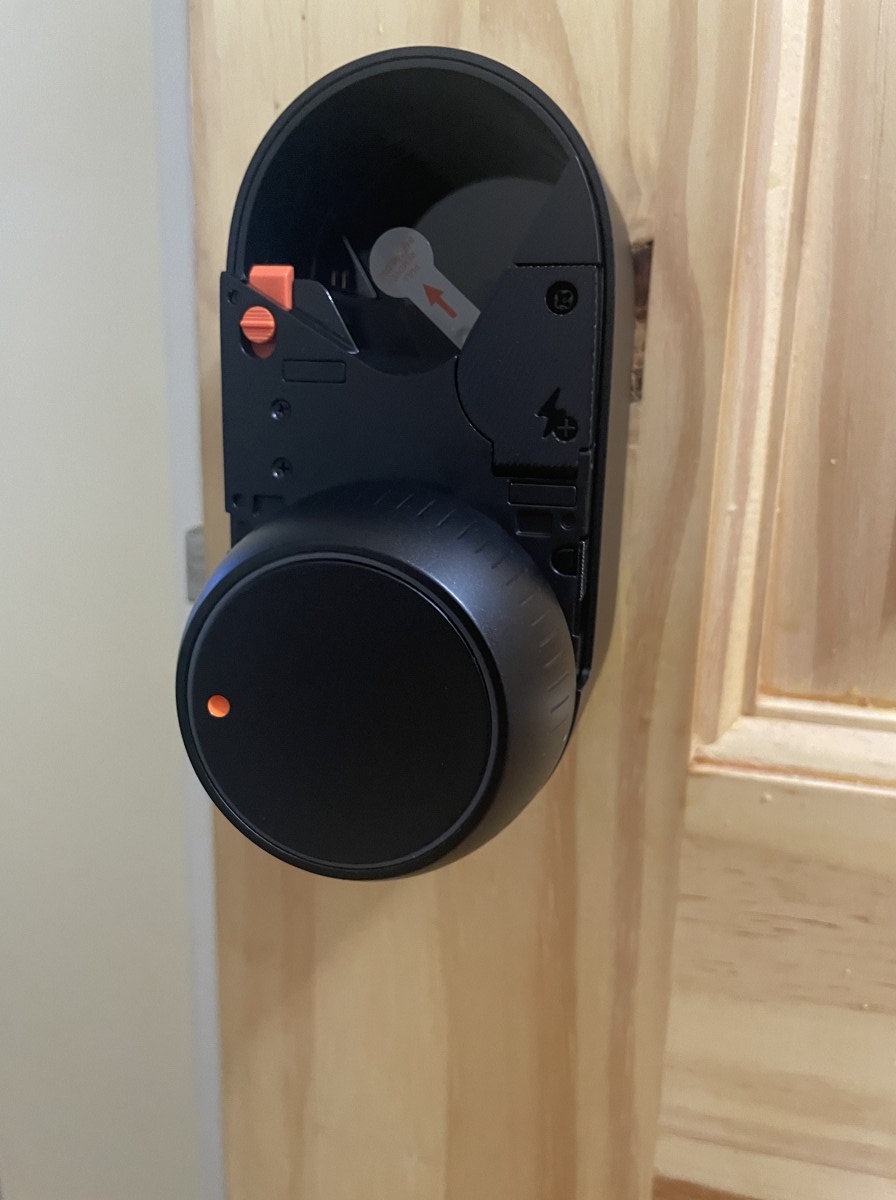

The rechargeable battery sips power from a built-in USB-C socket. Usage life depends on how often the lock operates, so YMMV :-). SwitchBot includes a short power cable, but you must provide your power supply. Unless you have a teenager at home, I’m guessing you have a drawer full of them ;-). When it’s complete, an LED adjacent to the charging port changes from red to green. There’s a small orange tab to retain the battery – Push down, pop the battery in, and reengage the tab.
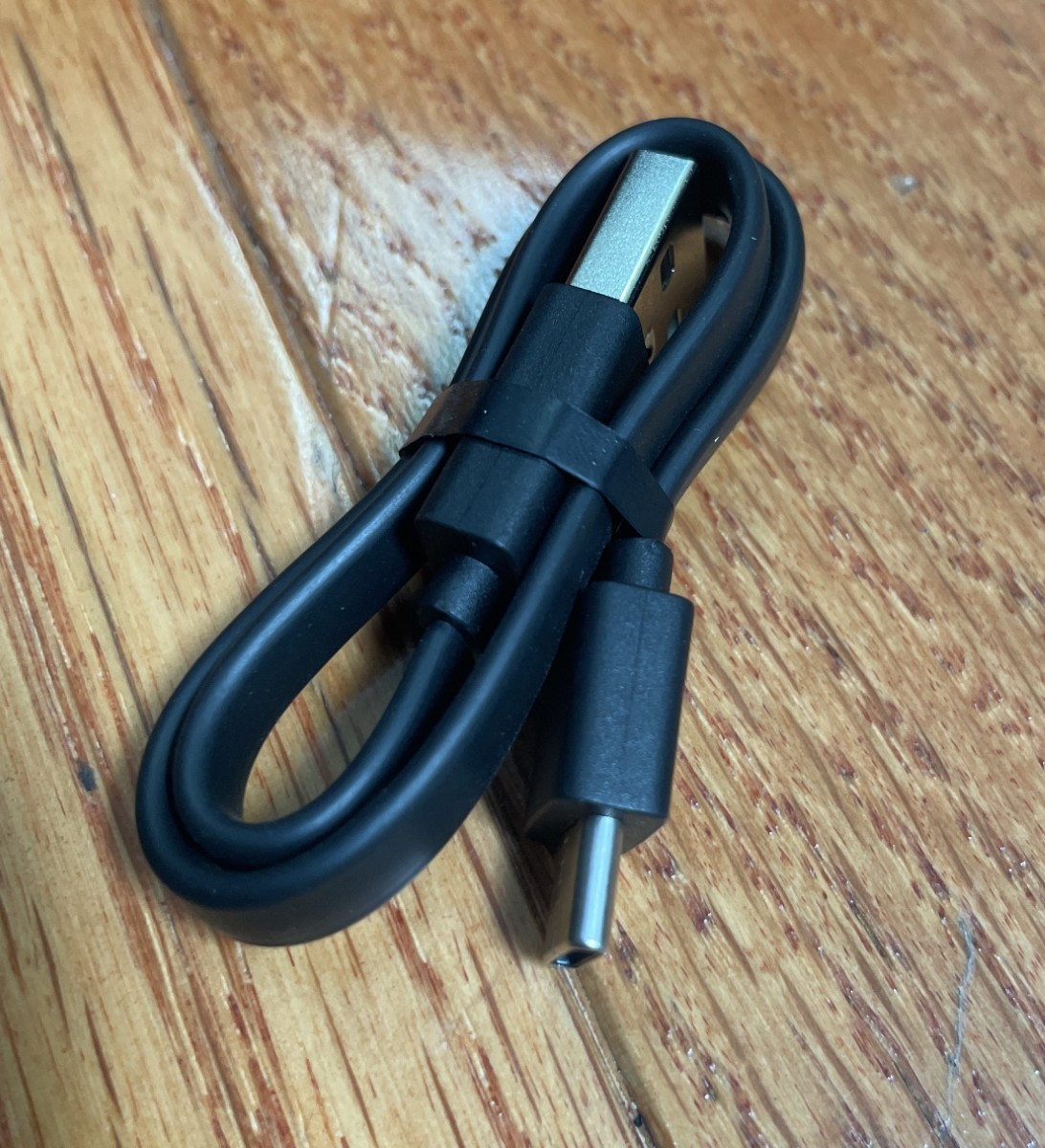
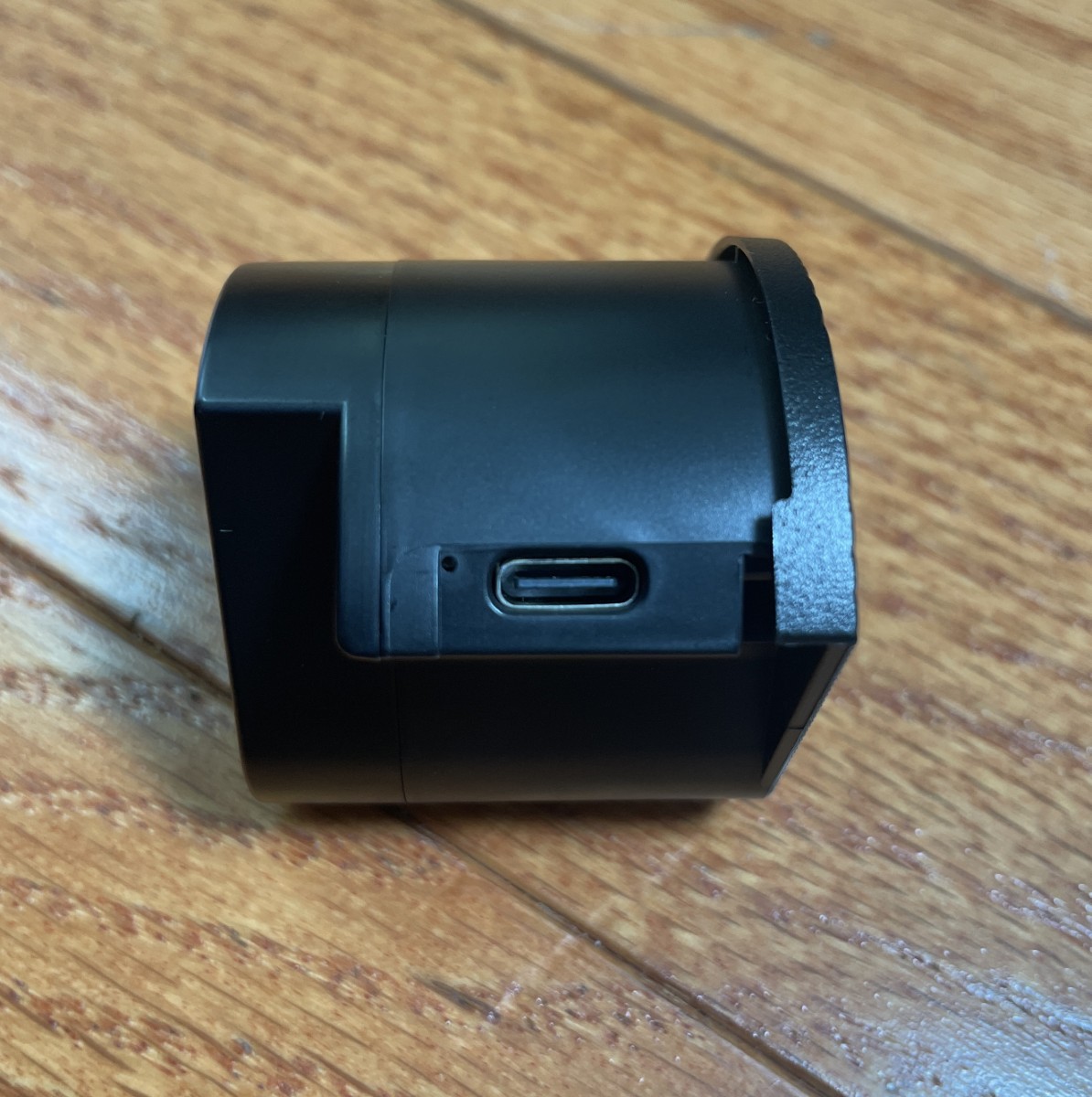
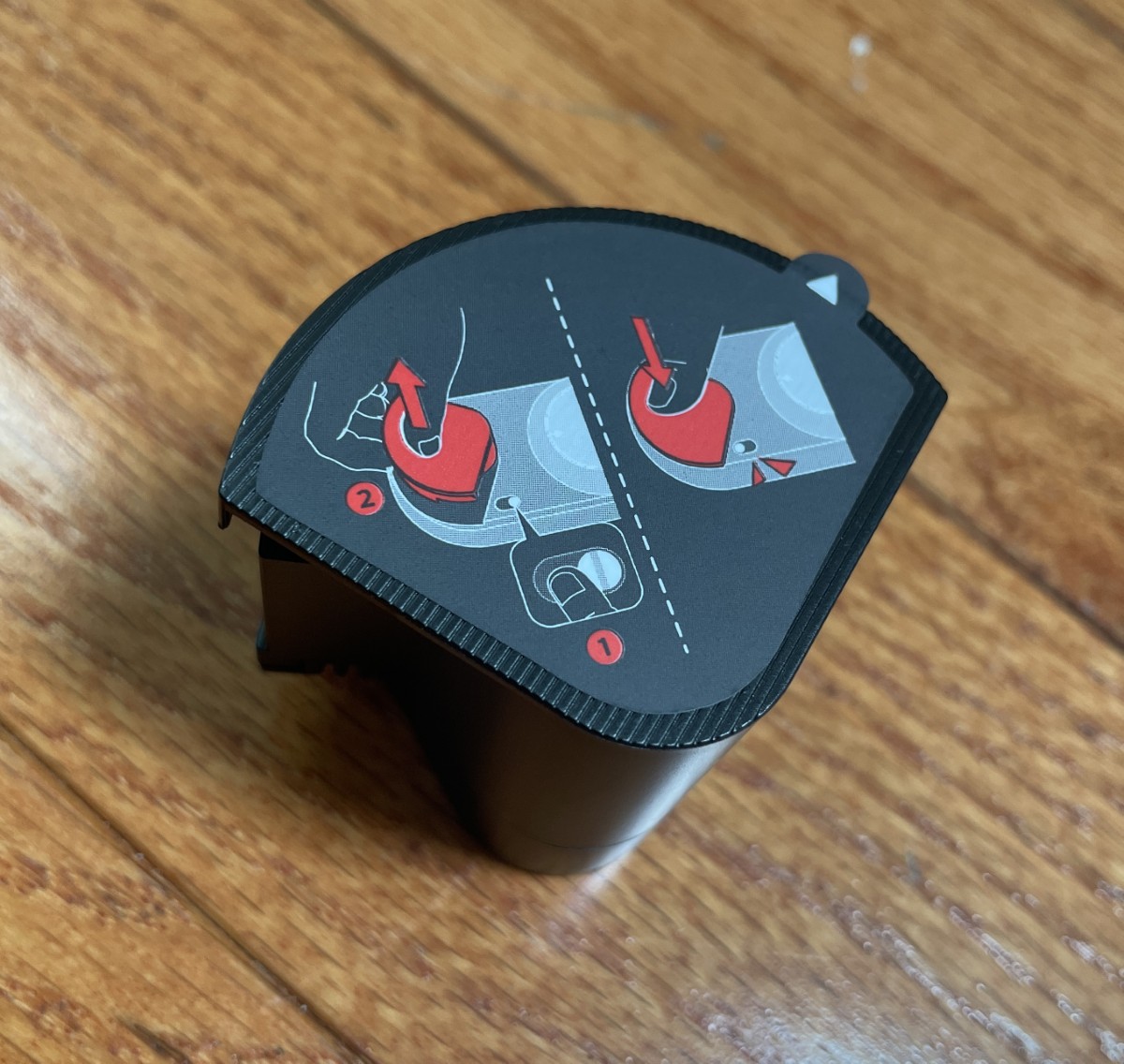
Now that the lock has power, I can add it to the app: click “+,” choose the Lock Ultra from the list and follow the instructions. As with all SwitchBot products, it connected perfectly on the first attempt.
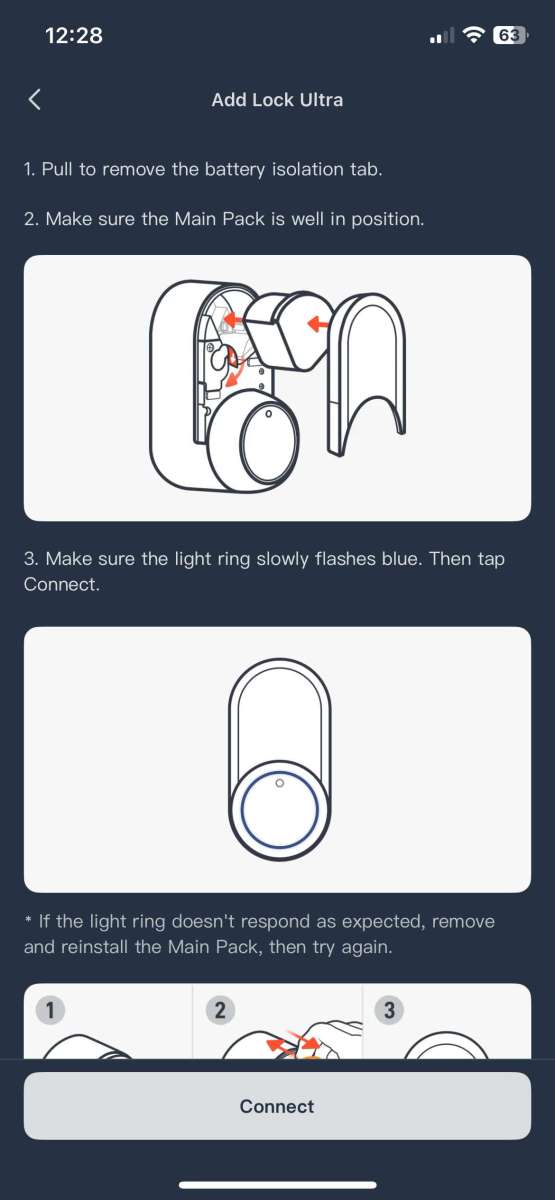
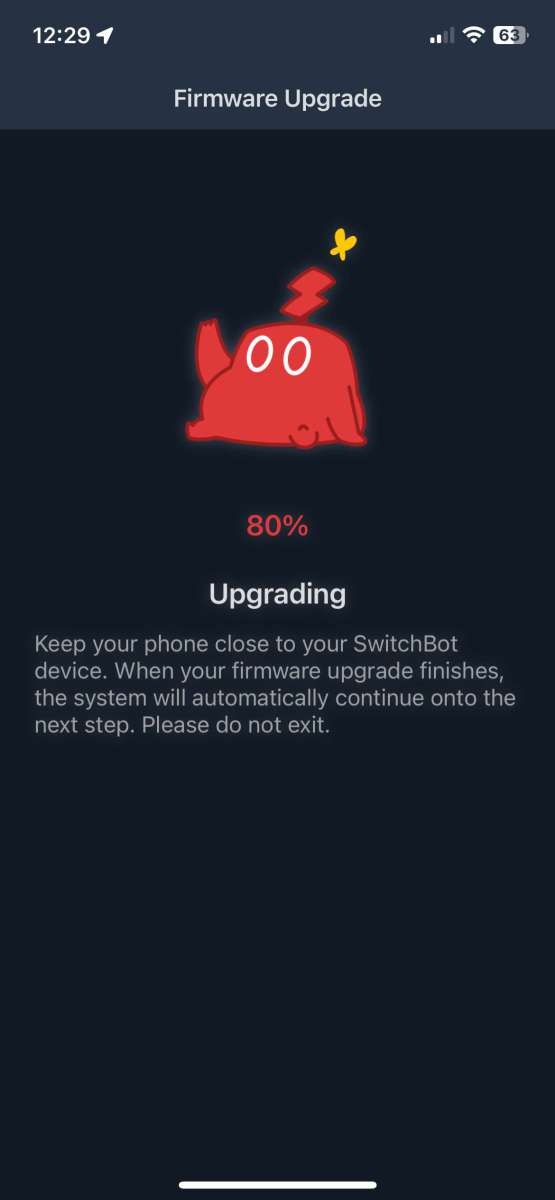
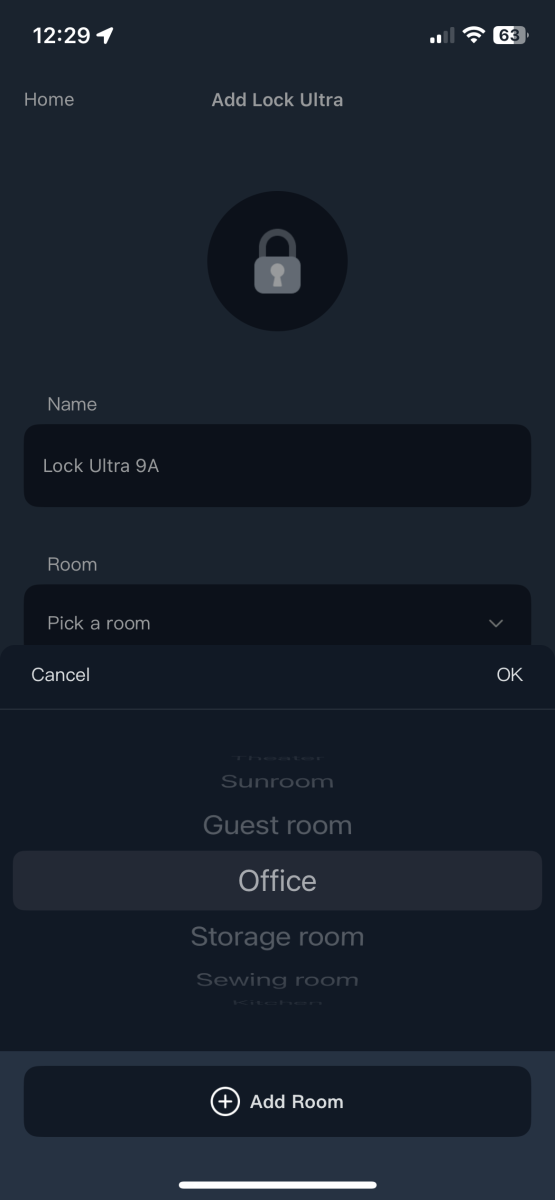
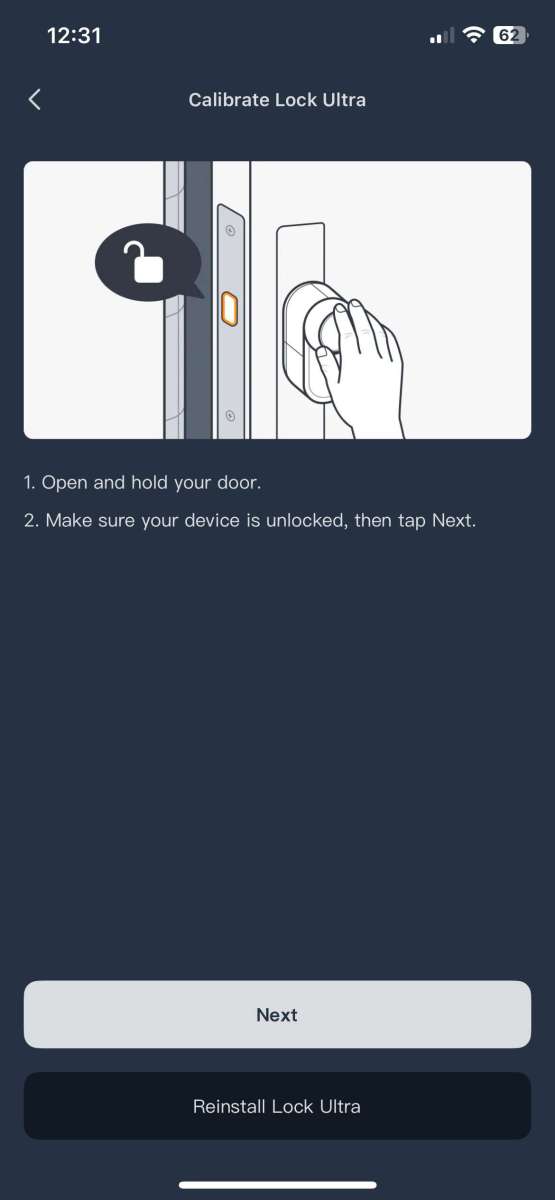
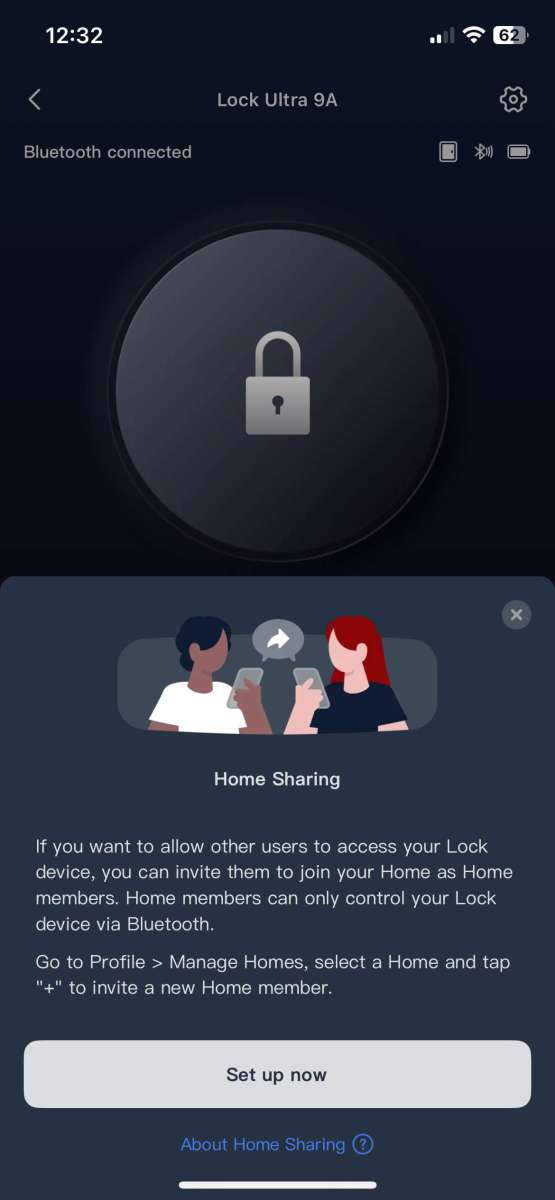
Inside the app, tapping the lock icon locks and unlocks the deadbolt.
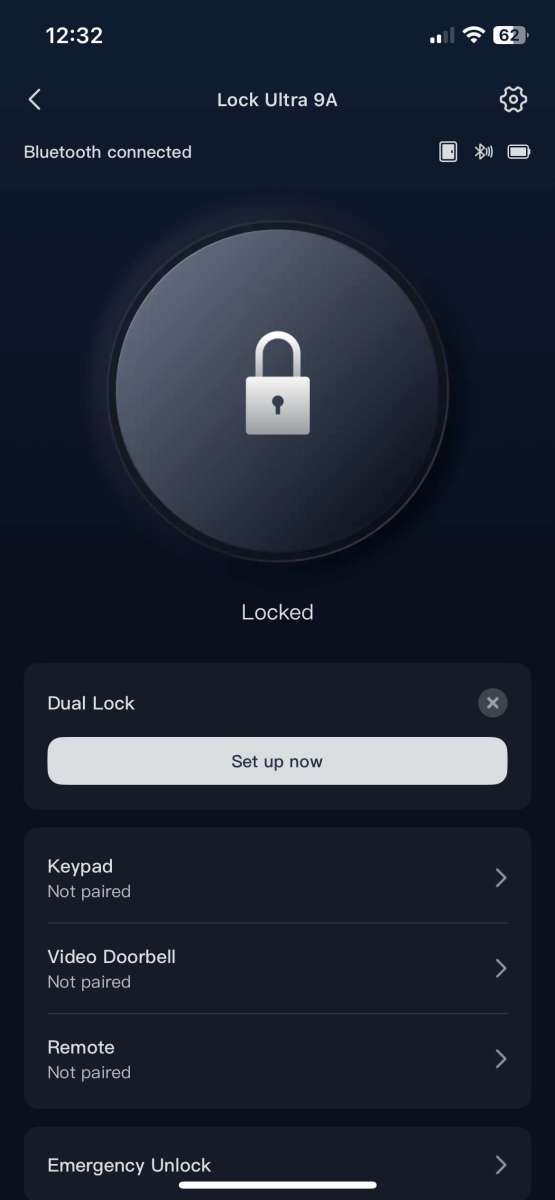
The “Dual Lock” feature can unlock multiple doors, assigning primary and secondary SwitchBot locks. If one is locked or unlocked, the others will do likewise without opening the app or touching the connecting Keypad. I imagine this would be useful for homes or businesses needing to unlock multiple doors simultaneously.
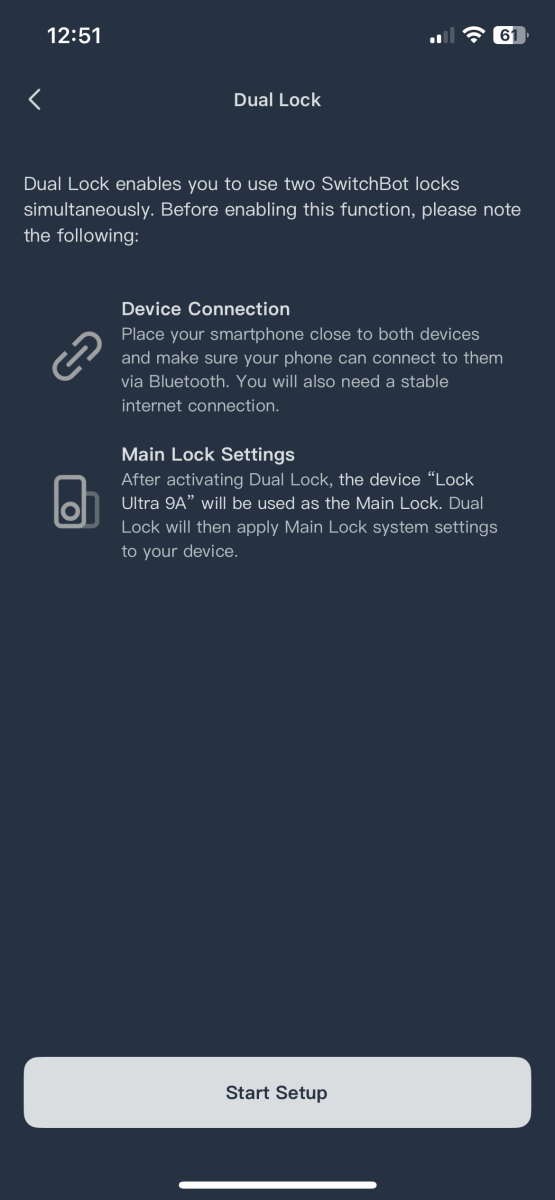
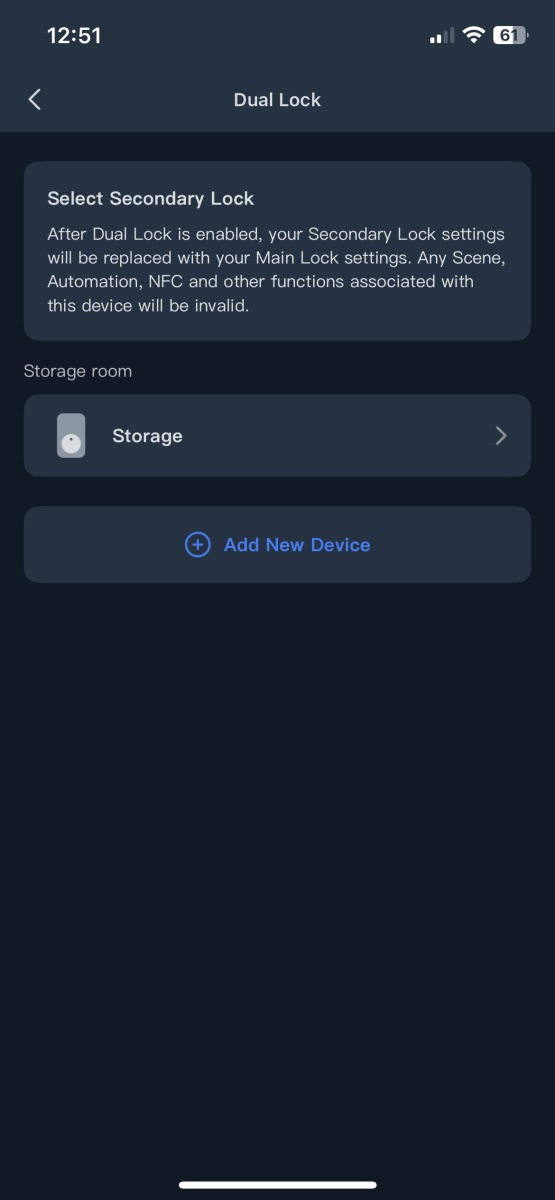
The Lock Ultra can also be operated by a SwitchBot Universal remote control (reviewed here) and a One Touch button control (reviewed with the original Curtain Robot here).
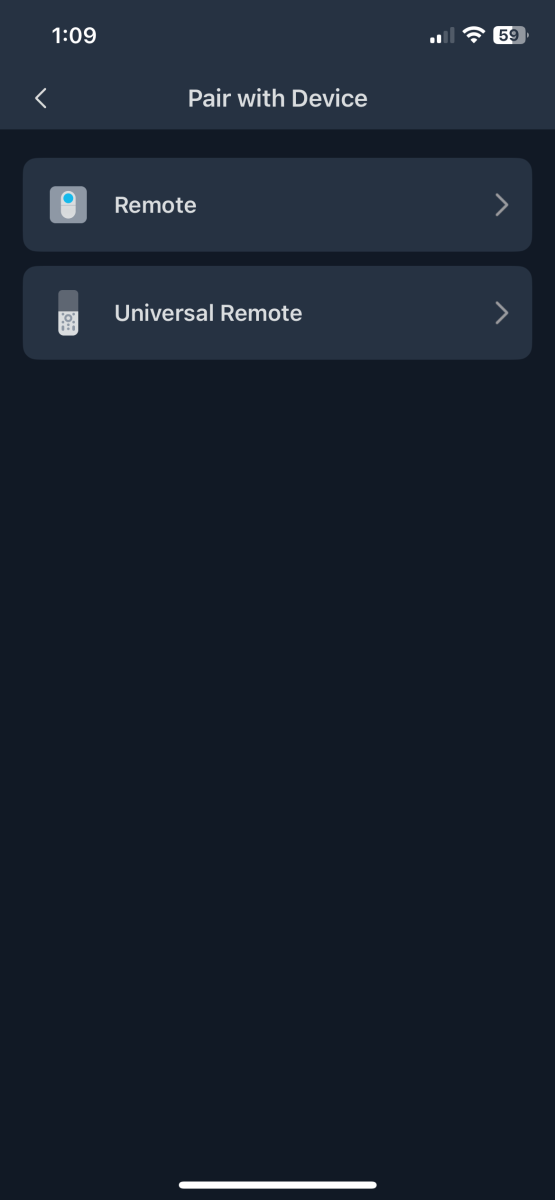
If you encounter a lock binding issue, the “Emergency Unlock” boosts power to the motor to help release the mechanism. After use, it’ll need recalibration.
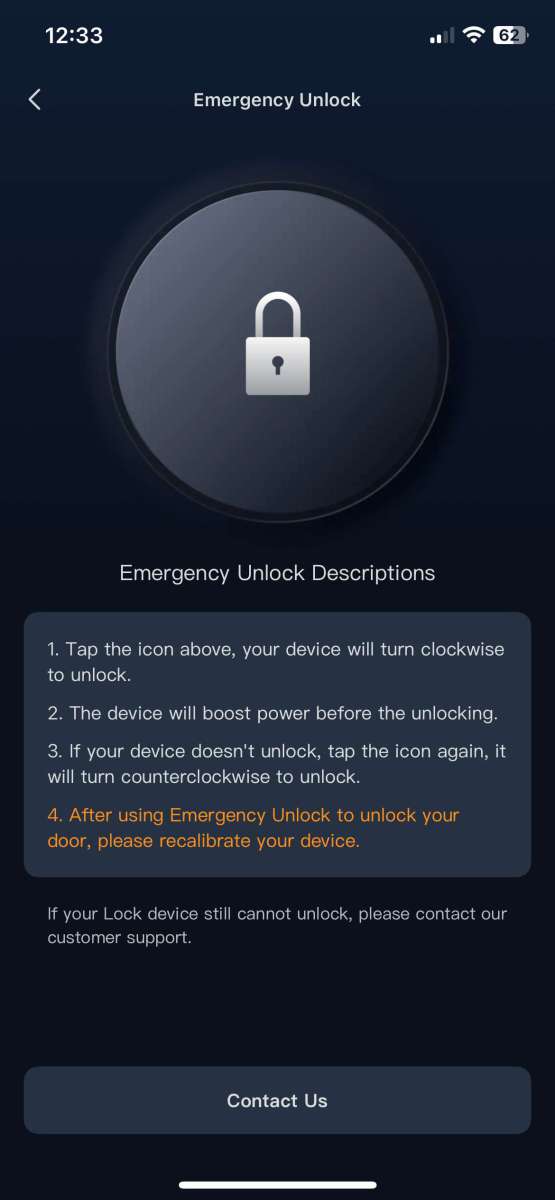
SwitchBot’s software team does an exemplary job providing oodles of setup options.
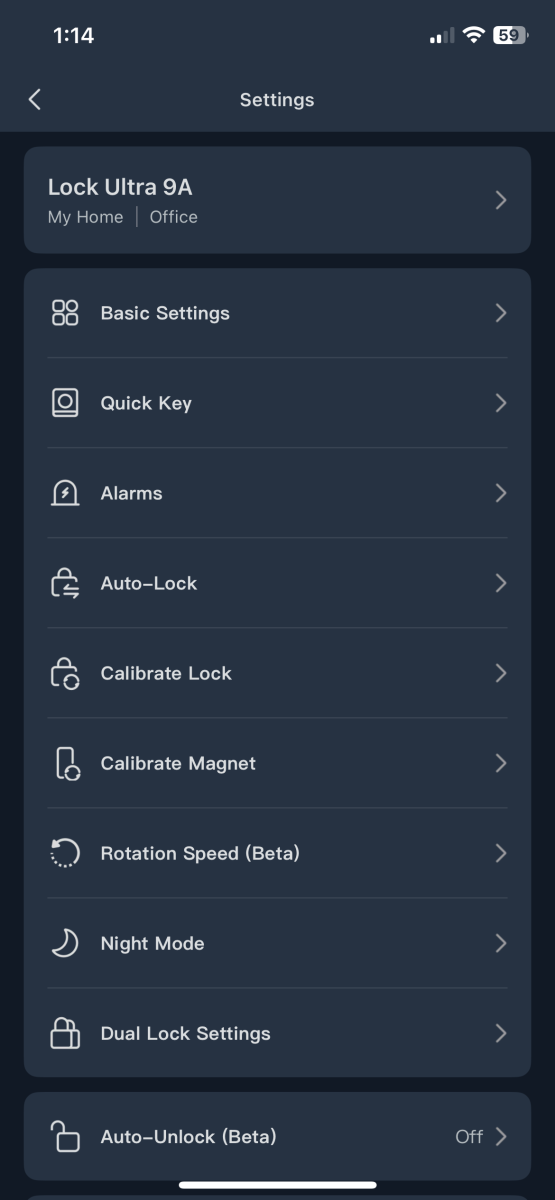
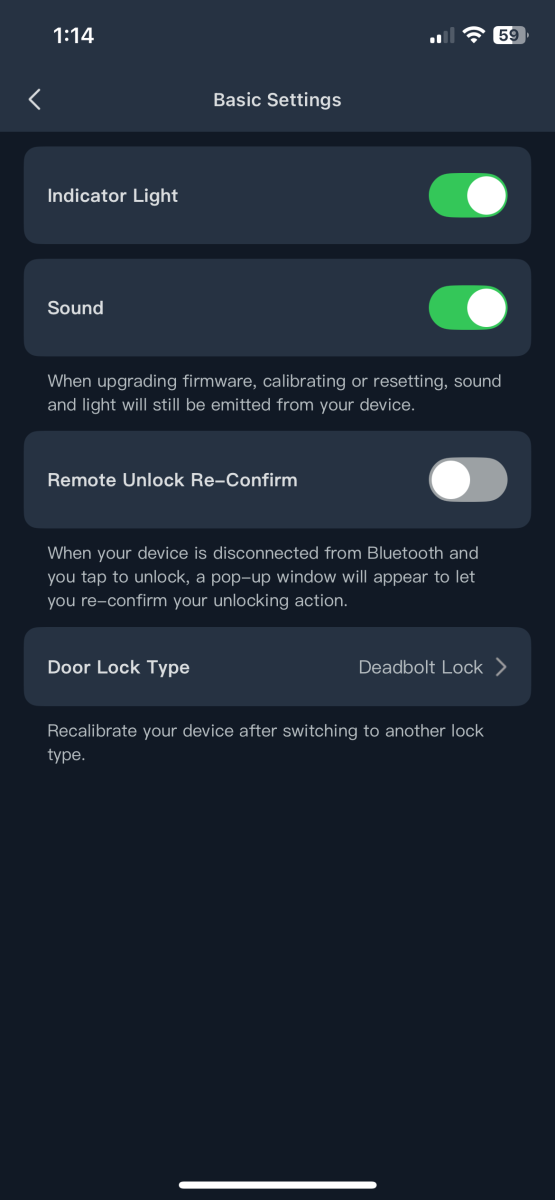
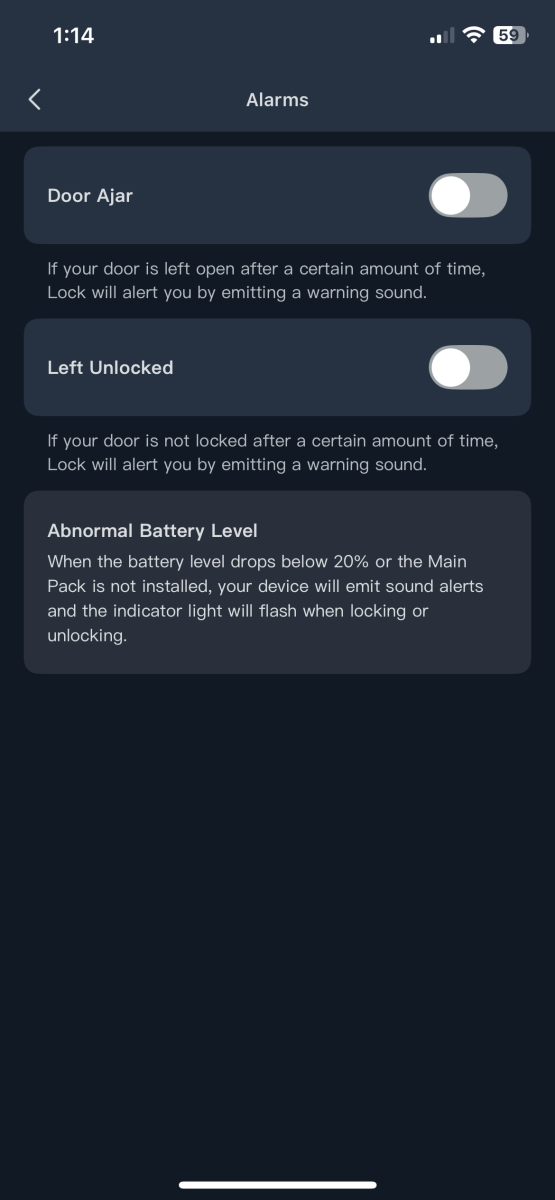
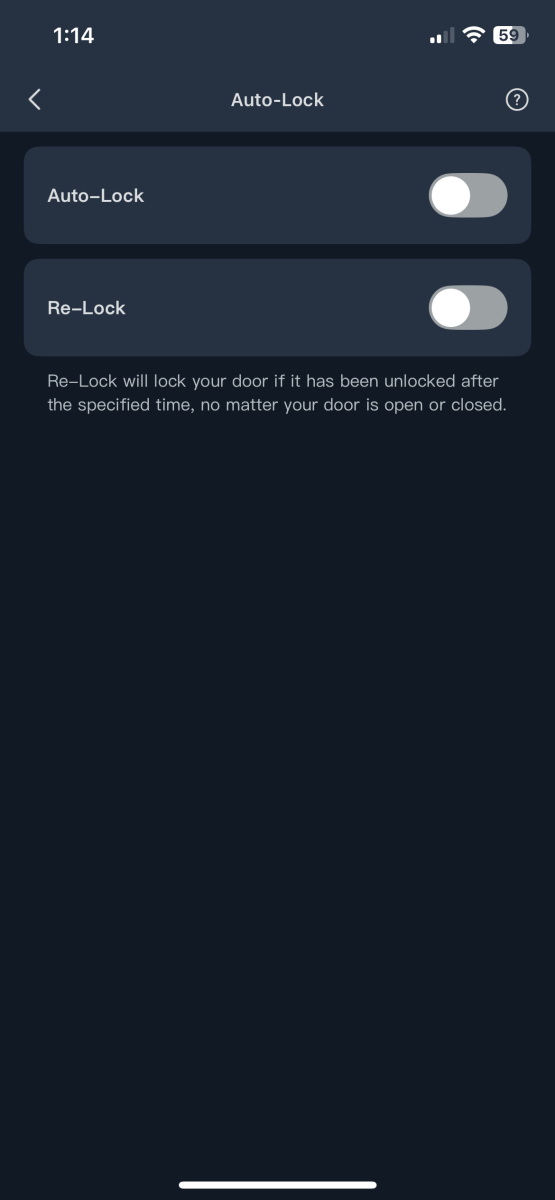
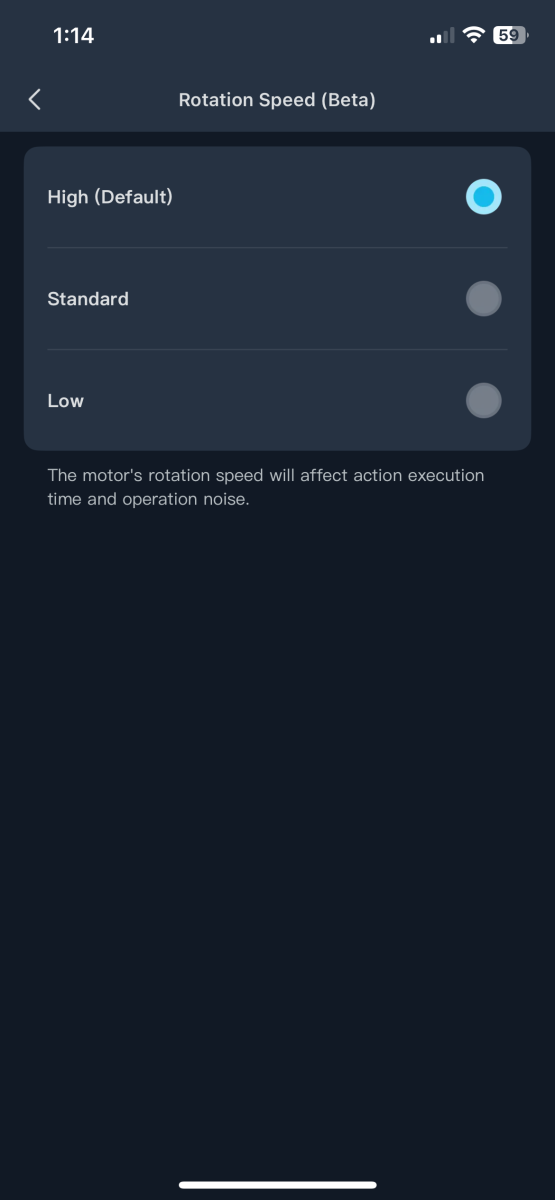
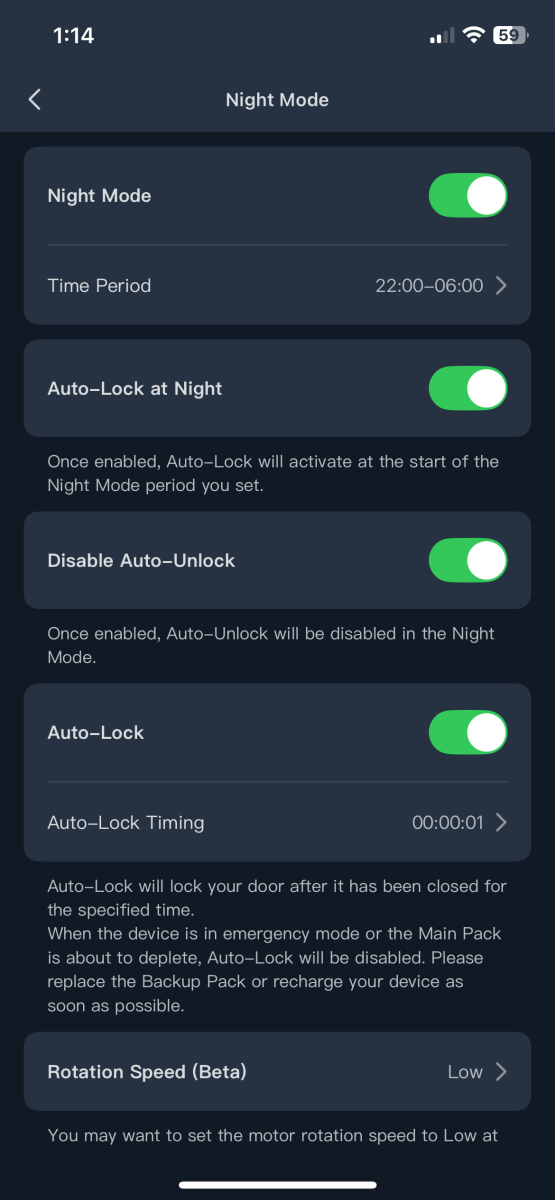
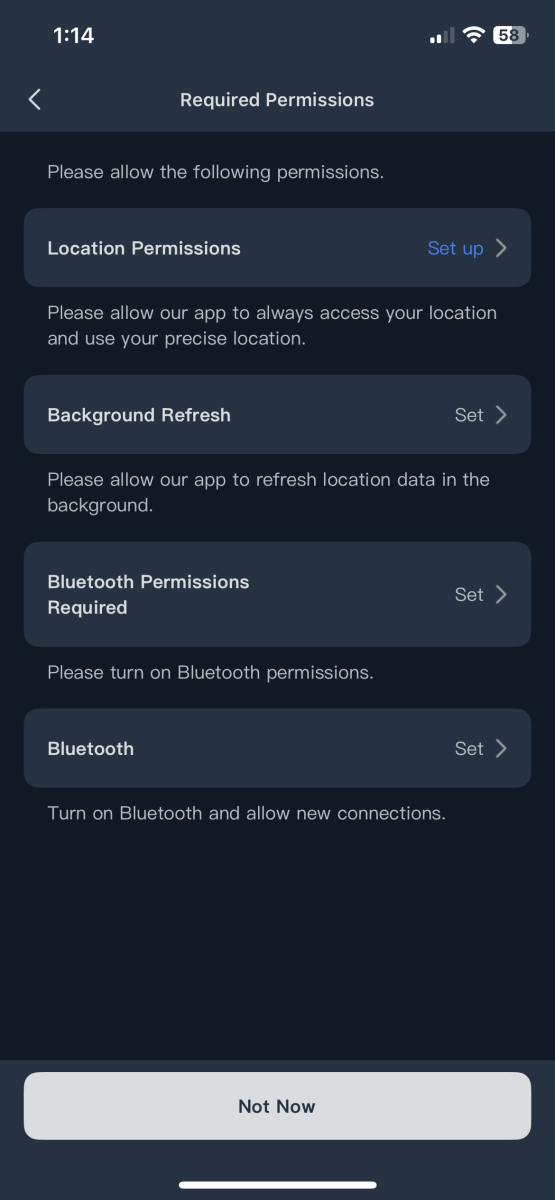
The Lock Ultra includes an updated SwitchBot Hub. The original version reviewed is here. It provides an internet bridge for cloud-based connectivity and adds a robust infrared remote control. It’s also compatible with the Hub 2 (reviewed here). The version packed with the combo has updated and expanded software. SwitchBot does an excellent job with updates.
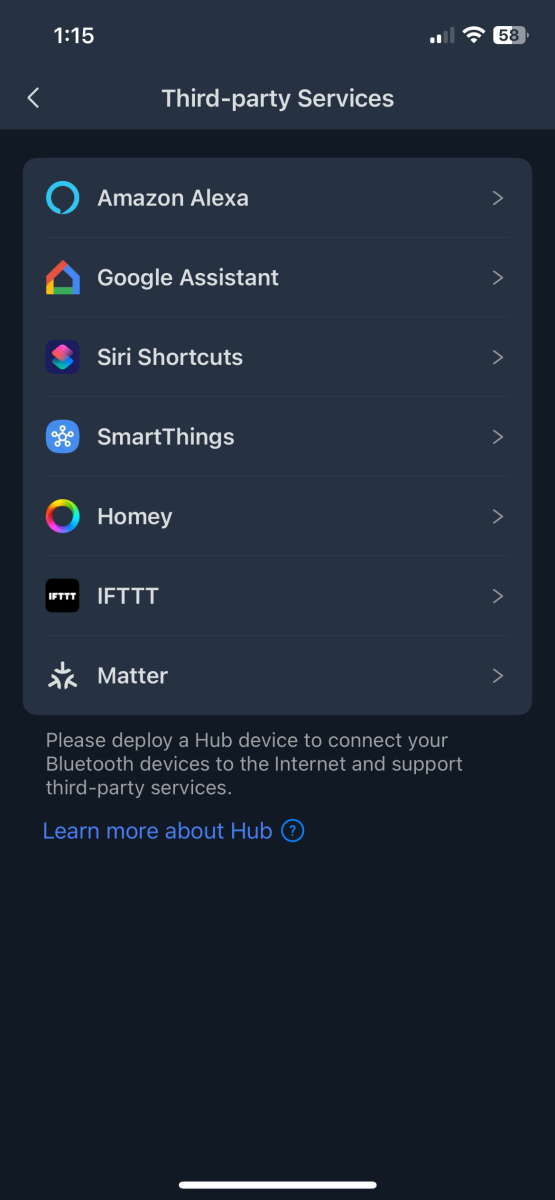
SwitchBot has just upped its game and introduced a new video-enabled doorbell and Keypad to complete the ensemble. I reviewed the original Keypad (here) along with their Lock Pro, and they are still operating to keep the storage room secure. I tend to be absent-minded and forget where I set down stuff, especially keys, phone, wallet, and glasses. At least with the Keypad, I don’t need to run around the house in a frenzied search. Thank you so much, SwitchBot. Sure, you can still open the lock with the key or through the app, but it’s eminently convenient to use a fingerprint to open the lock. Glorious!
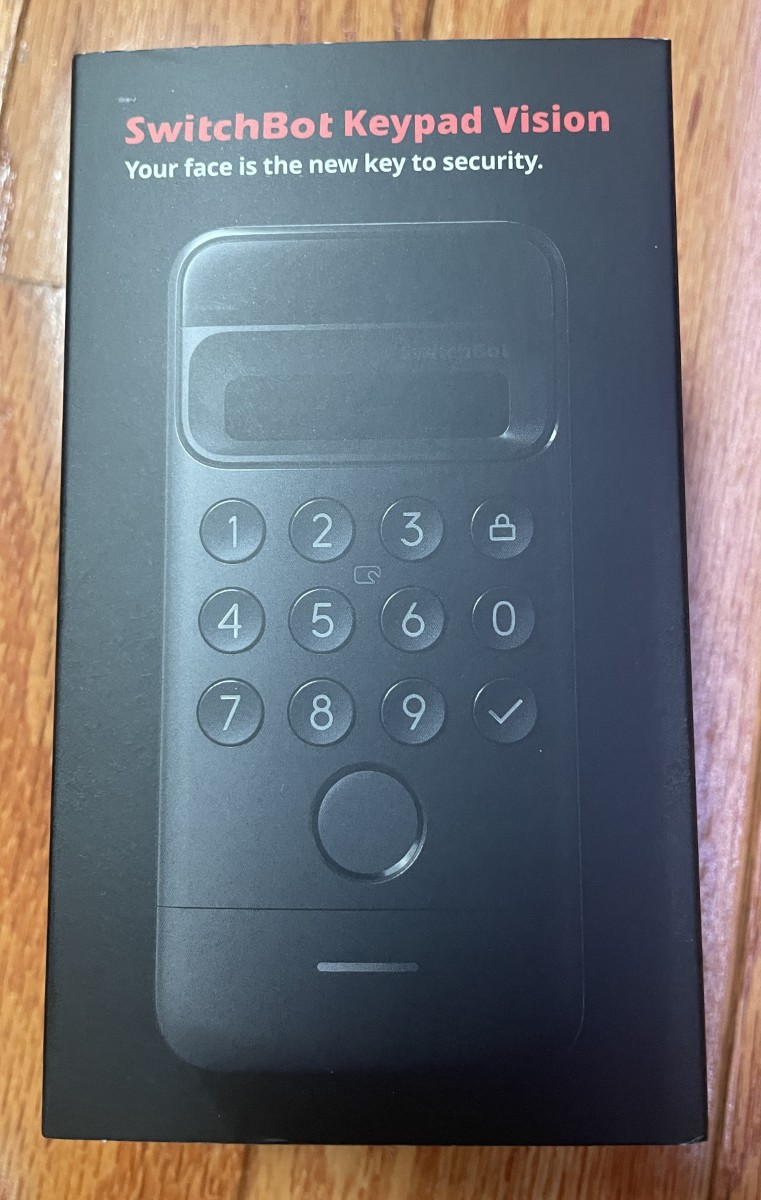
The Keypad Vision has four unlocking ways: NFC cards, PIN codes, a fingerprint reader, and face recognition. Up to 100 of each can be added. All can be permanent, one-time (expiring in one to 24 hours), or temporary (up to five years).
Use caution when placing the Keypad Vision, especially in areas where curious little fingers like to explore. After five failed attempts, it will be disabled for one minute. One more attempt will mean a five-minute wait before trying again. After that, every attempt doubles the wait time up to 24 hours.
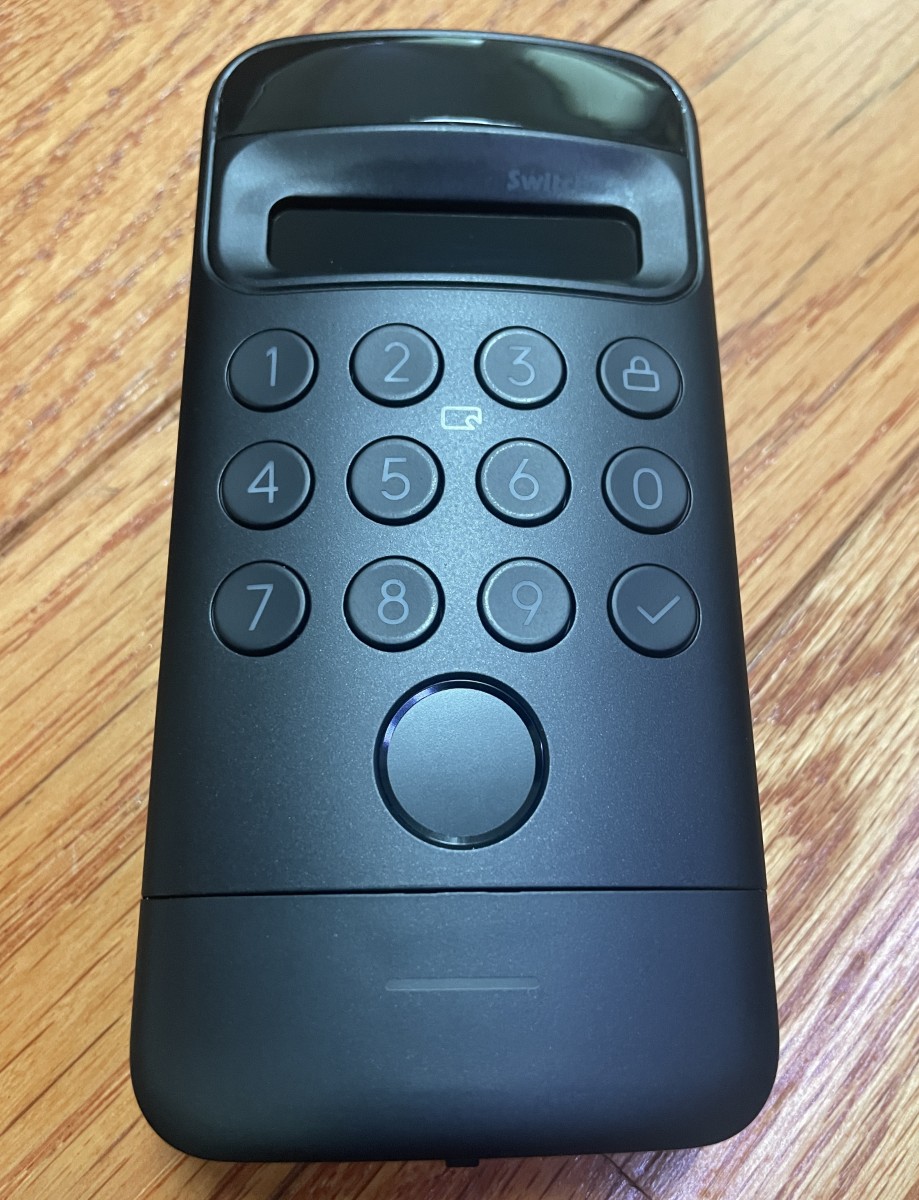
A USB-C port hides under a rubber cover on the bottom. Charging takes about six hours.
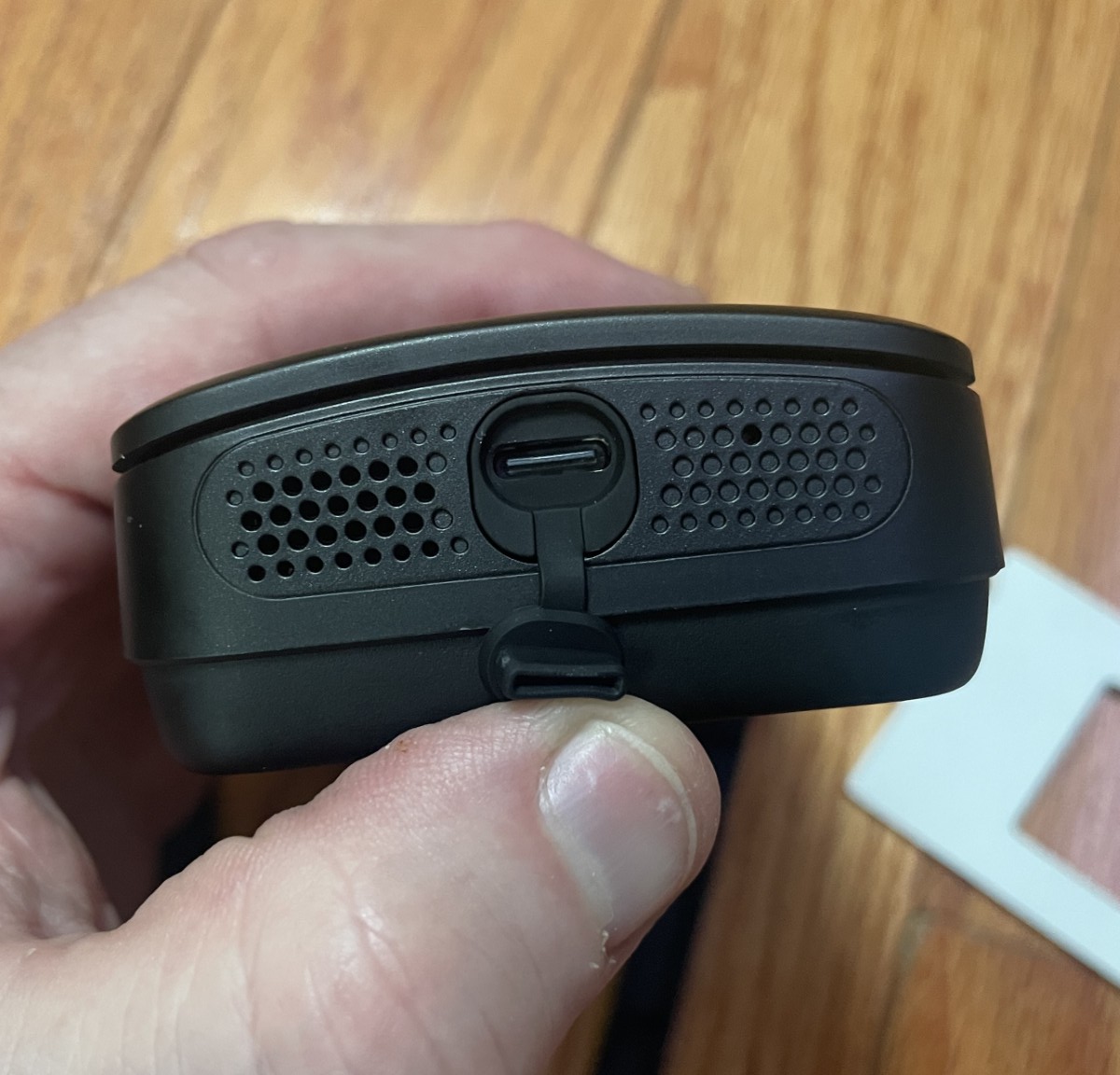
Flat and angled mounting plates make getting the Keypad Vision to look in the correct direction easier.
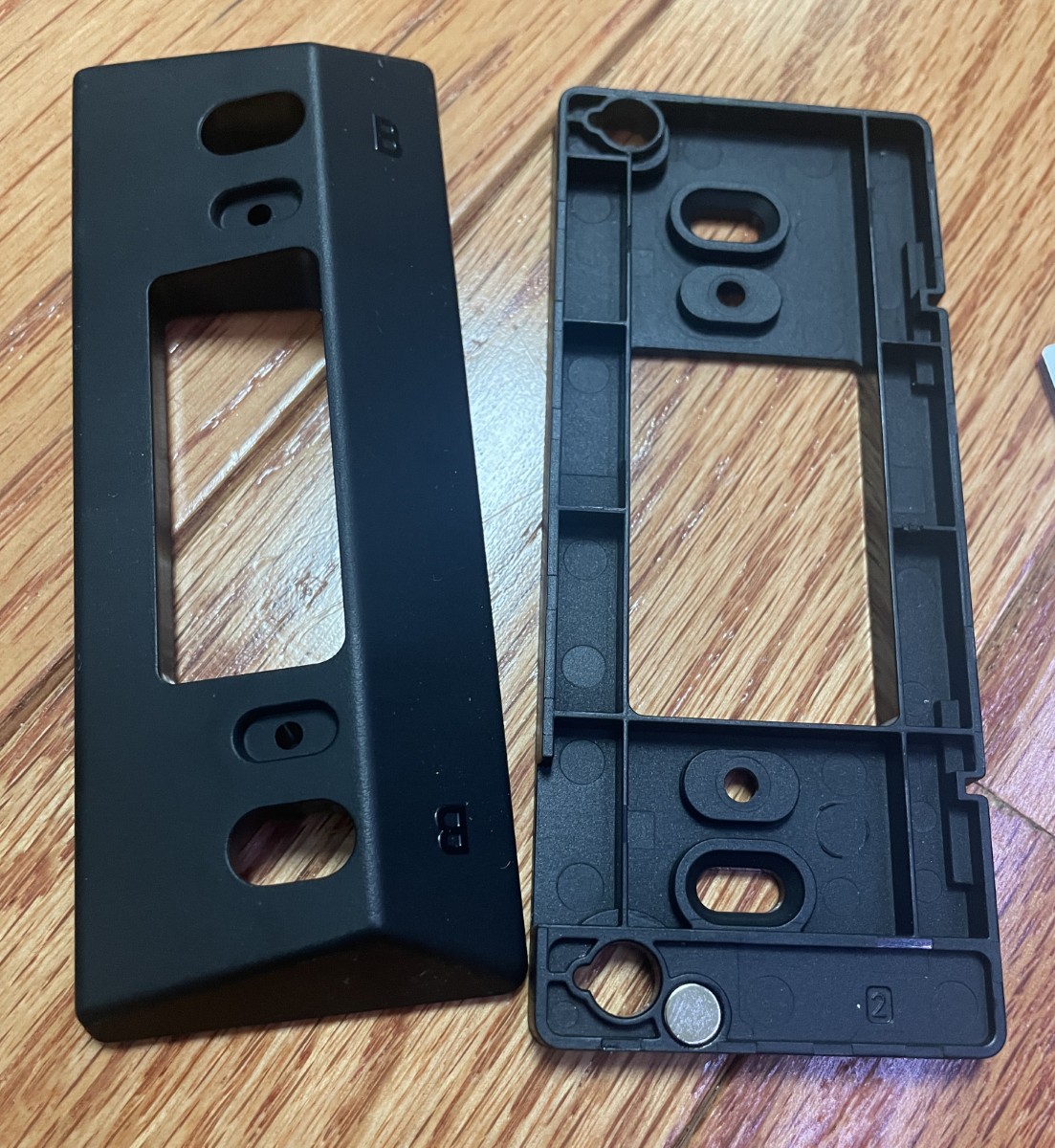
Use adhesive plates for smooth surfaces or screws for textures. To remove the Keypad Vision, push the release tool pin into the hole on the right side and pull the Keypad Vision to the left.
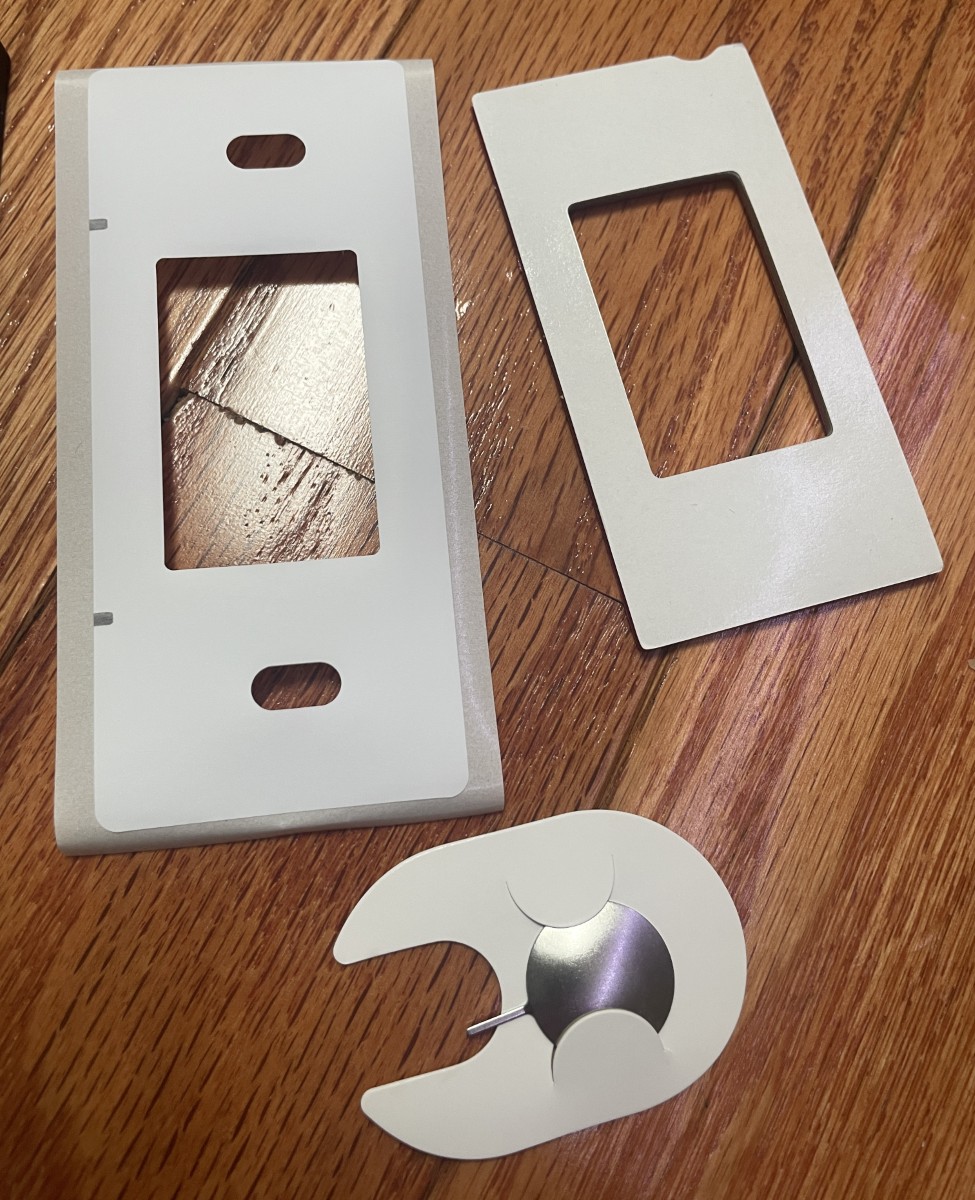
Adding the Keypad Vision to the app is a snap.
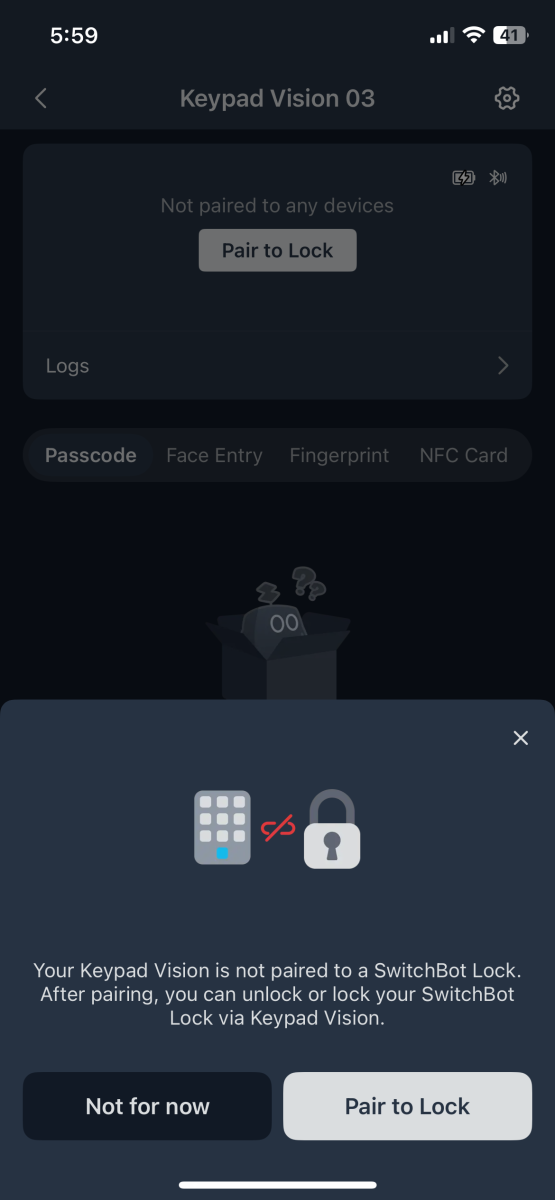
I started adding a permanent passcode. It was as simple as punching a six- to 12-digit number into the Keypad. Touch the checkmark button to send the code to the lock.
SwitchBot has anticipated looky-loos trying to abscond with your codes, so you can press a string of random numbers (with your code buried in them somewhere) to throw them off the trail, and the lock will still open. Slick!
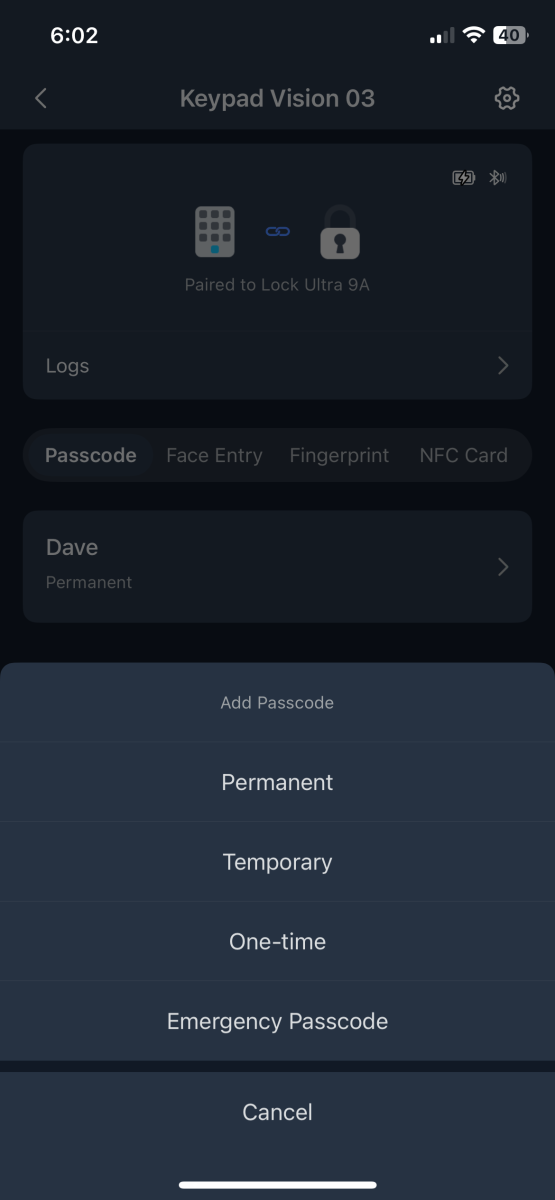
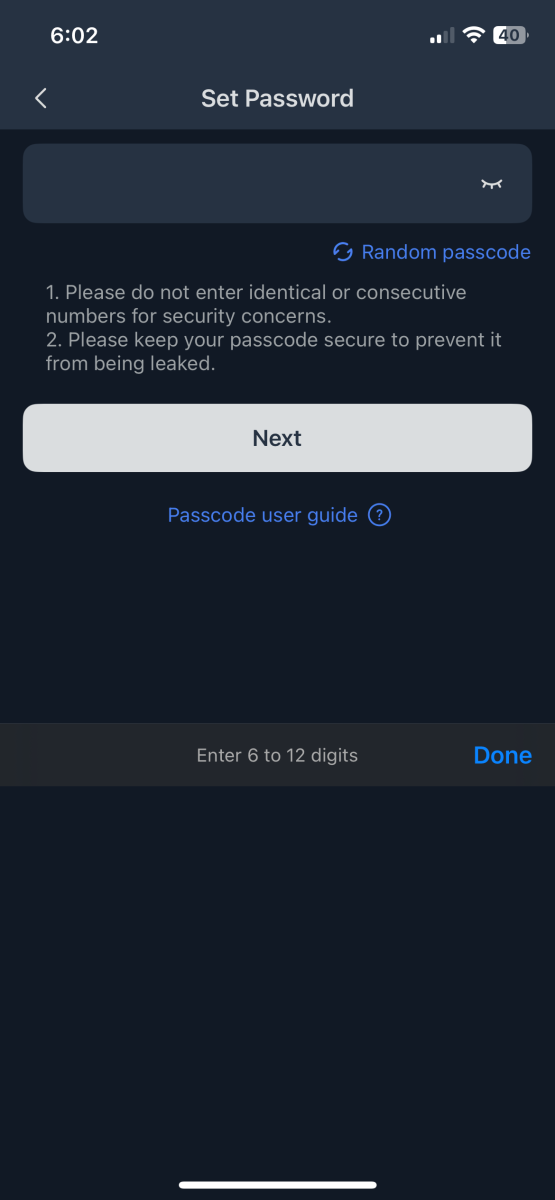
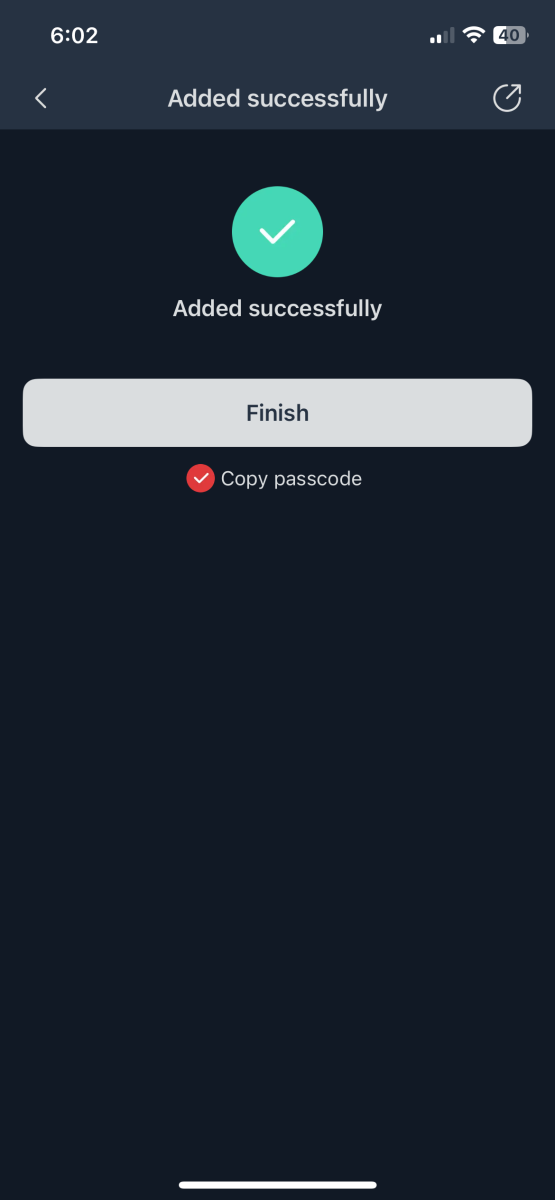
Adding a face requires agreeing to Switch Bot’s privacy policy. I’m ok with keeping my ugly mug’s data onboard the Keypad Vision. The process reads faces and automatically sends the unlock code after recognition. It works well, taking about five seconds.
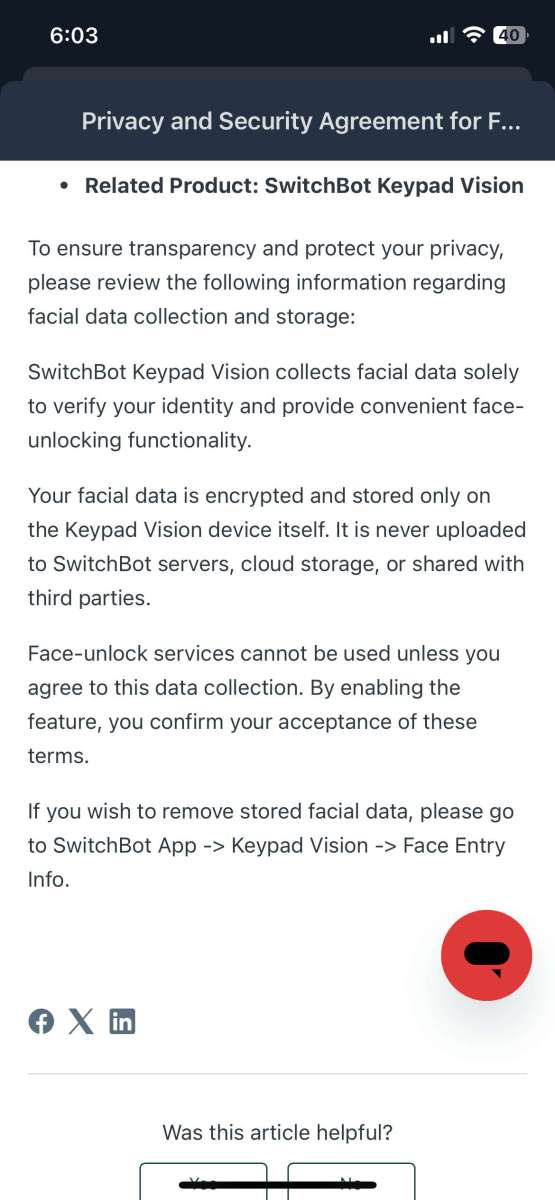
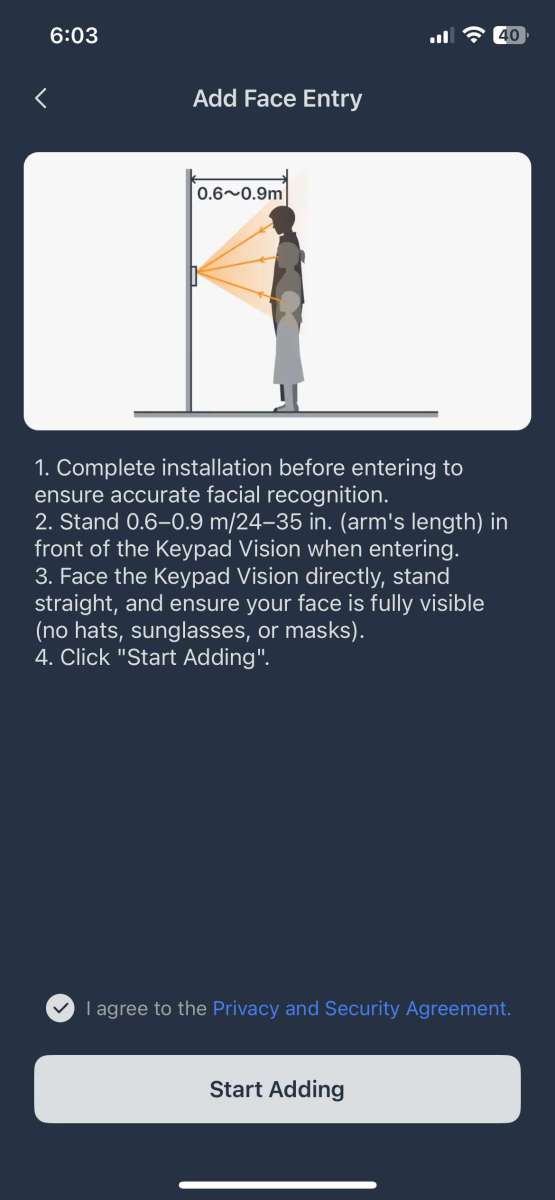
Adding a fingerprint was just as easy – tapping a finger on the scanner a few times does the trick.
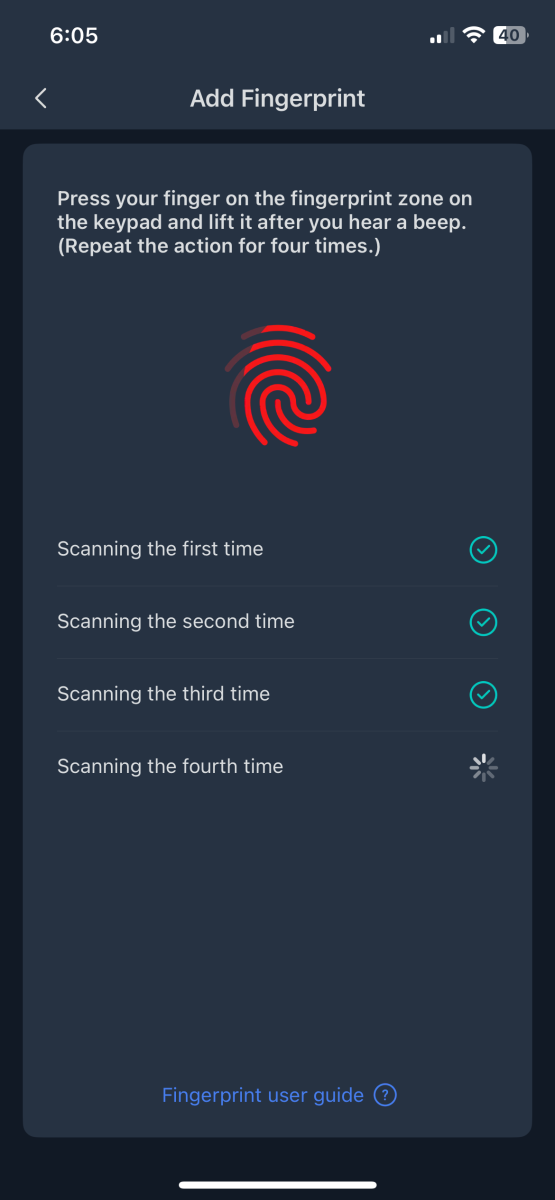
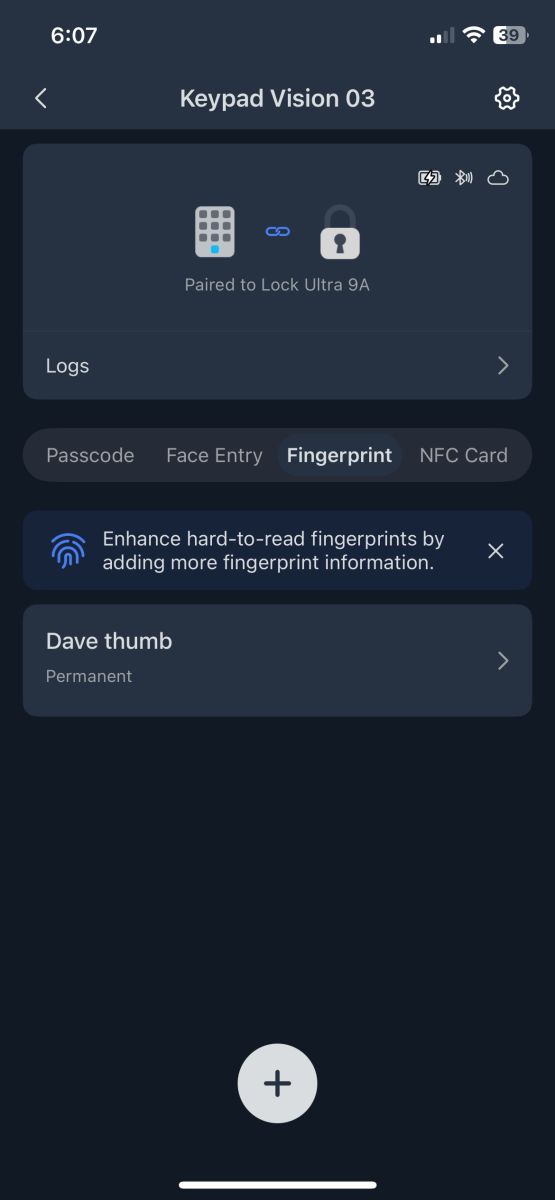
NFC tags are added similarly.
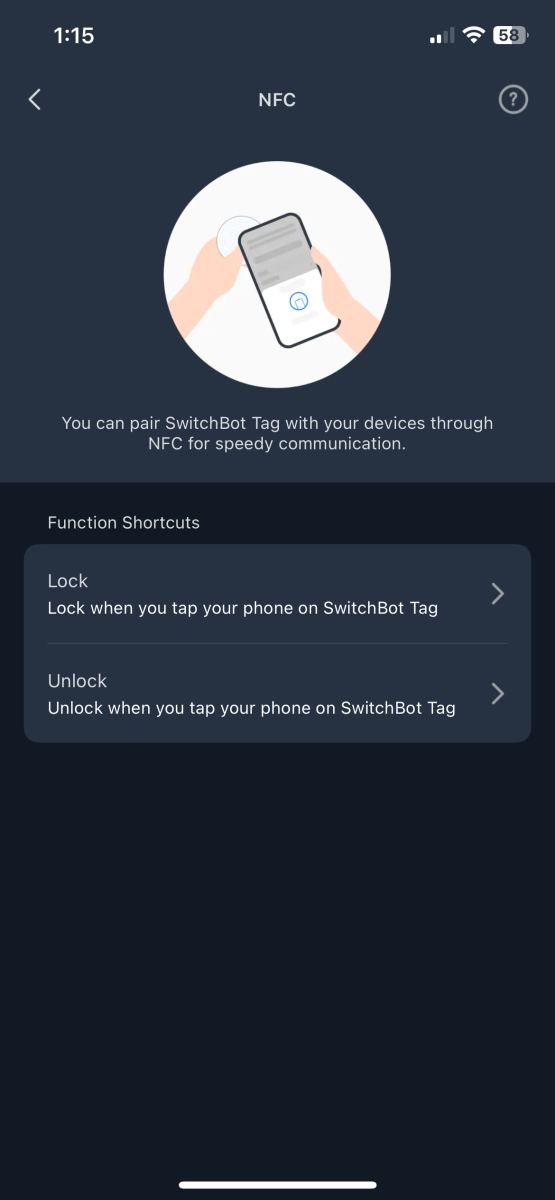
The app keeps logs of operations, too.
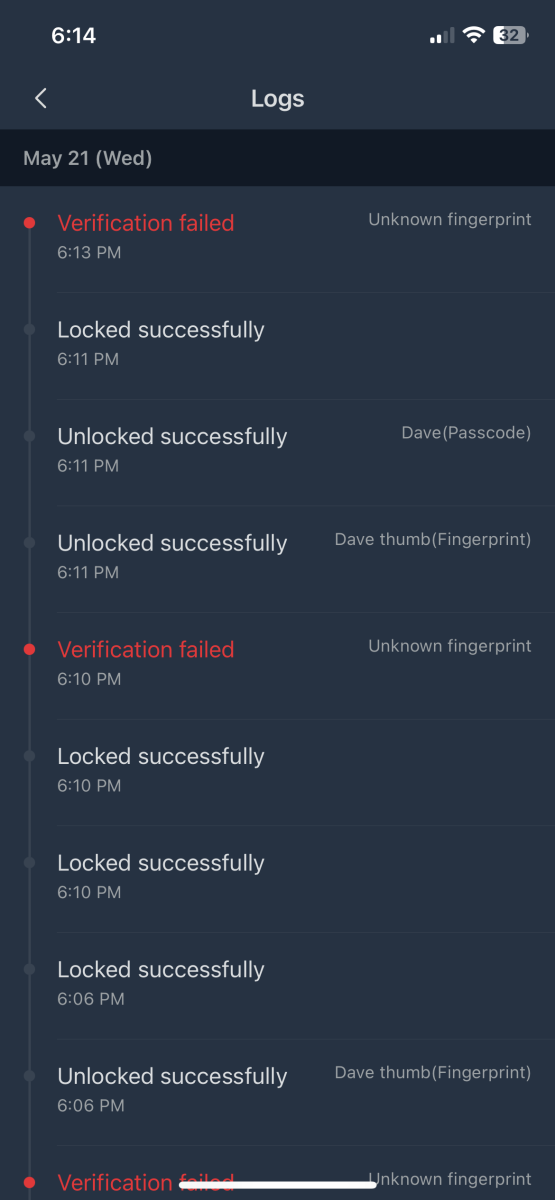
Setup options are abundant.
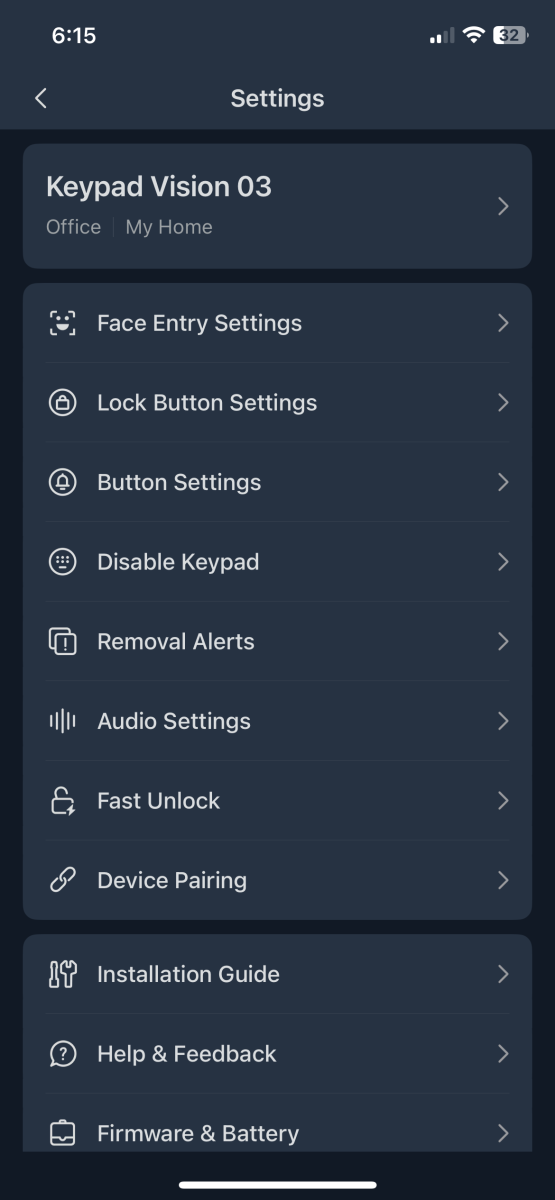
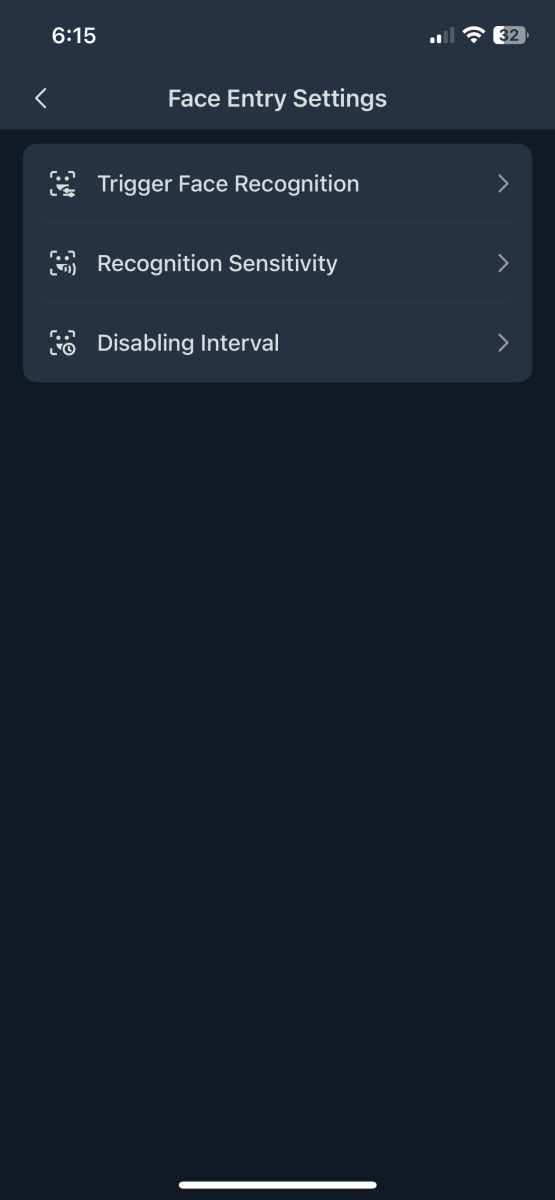
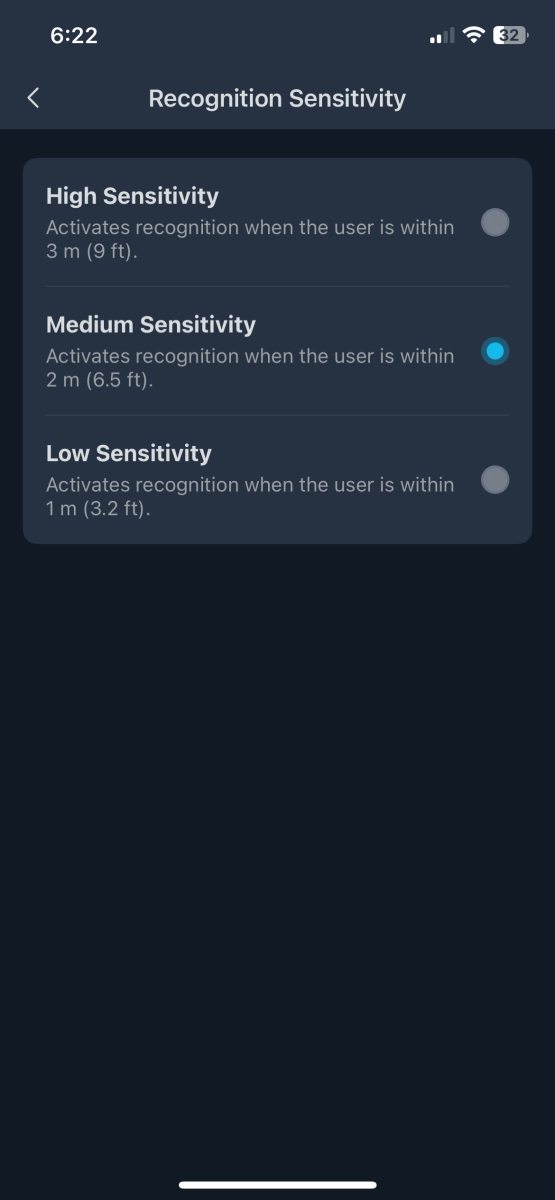
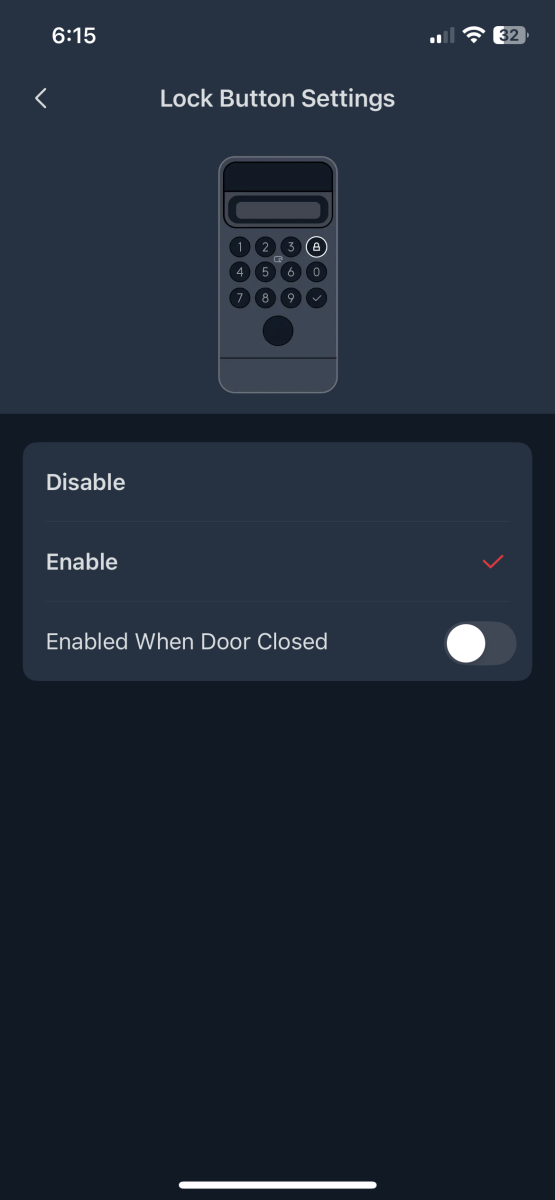
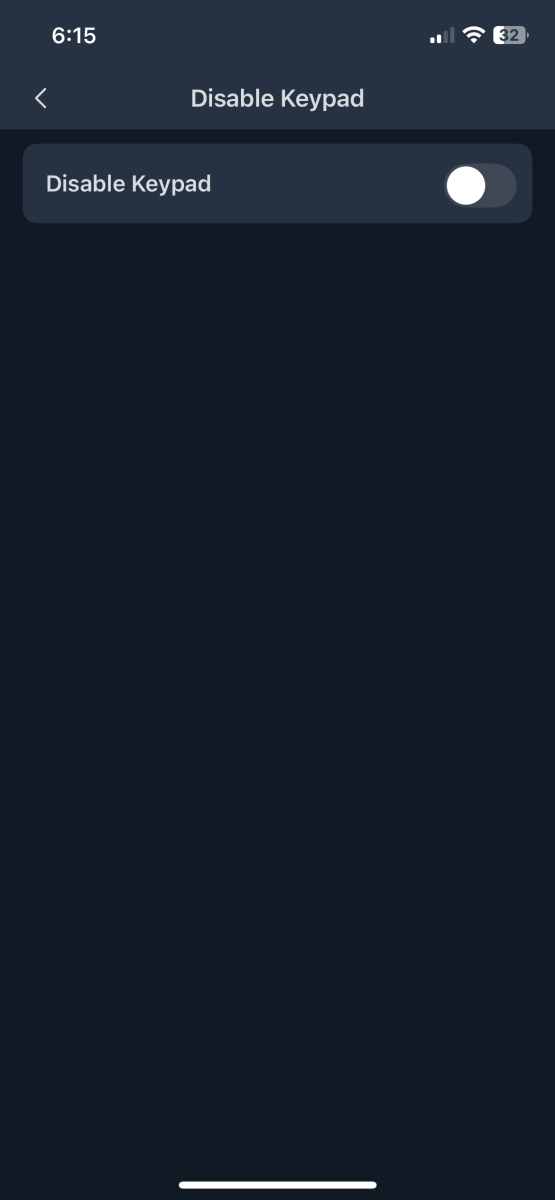
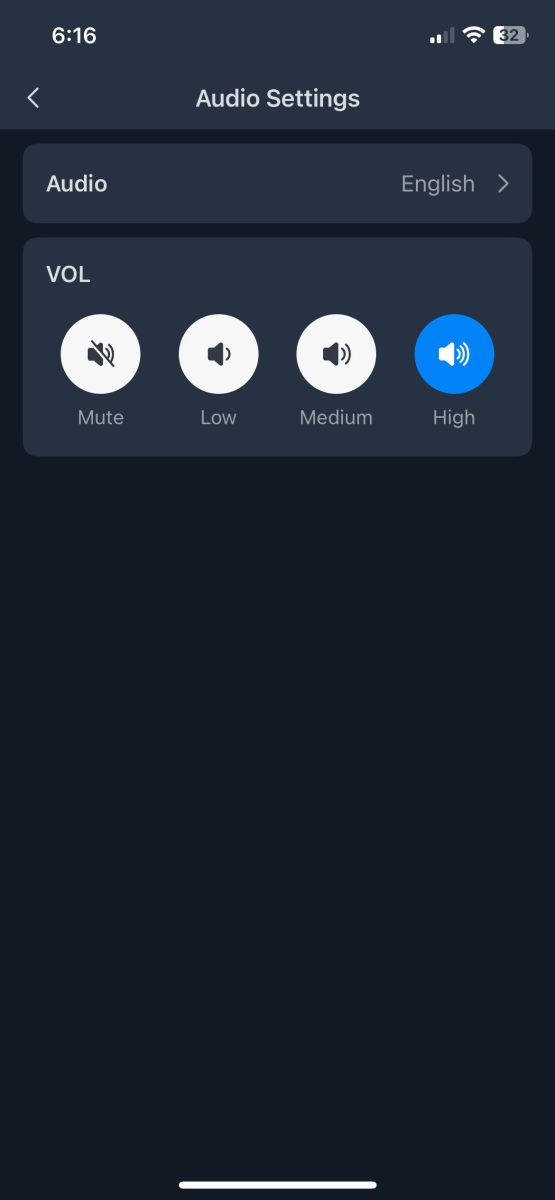
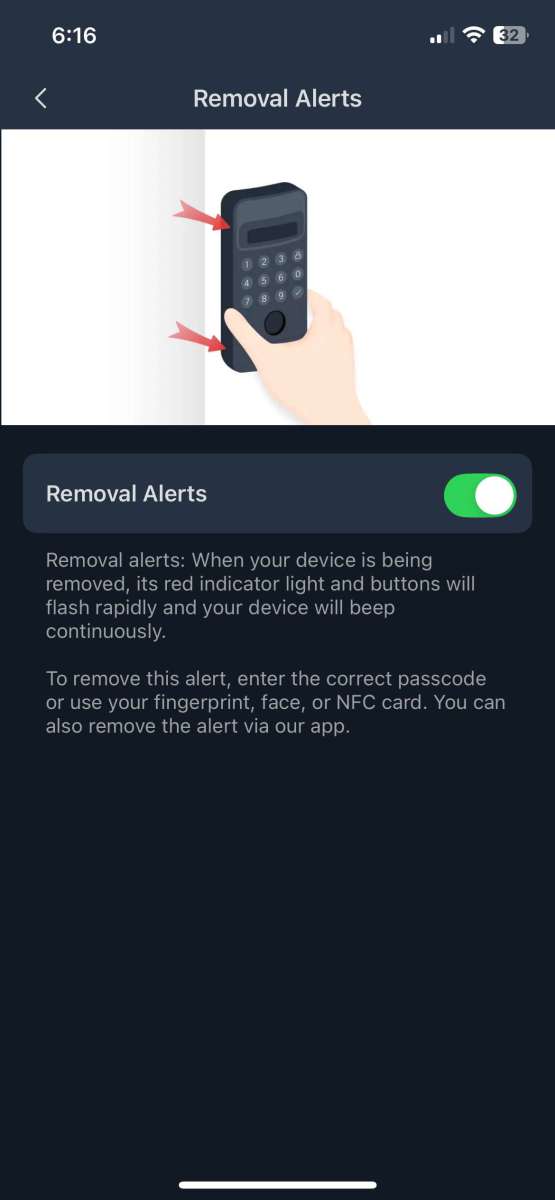
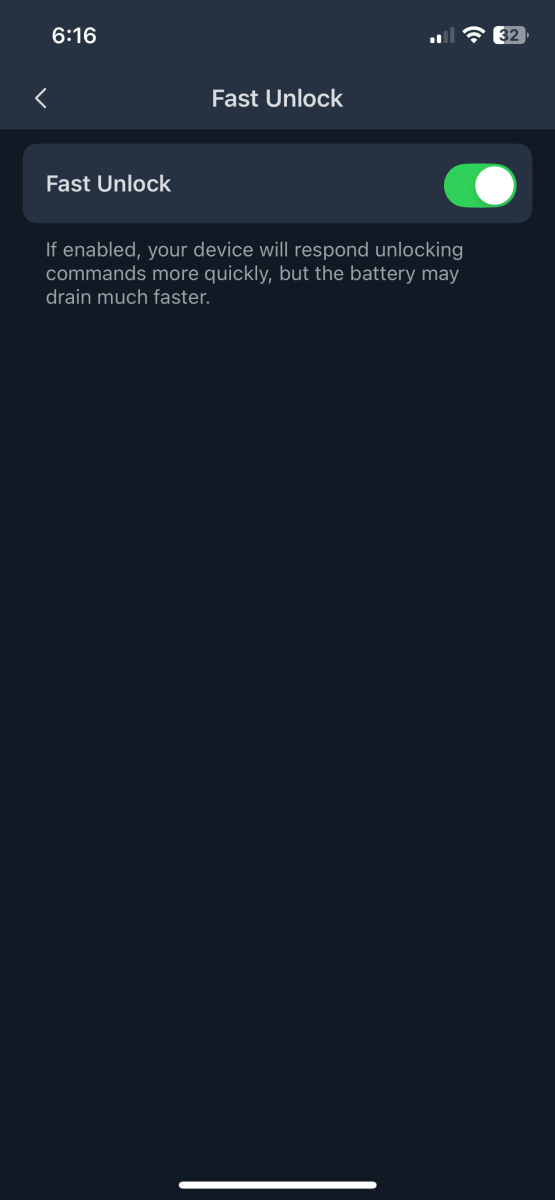
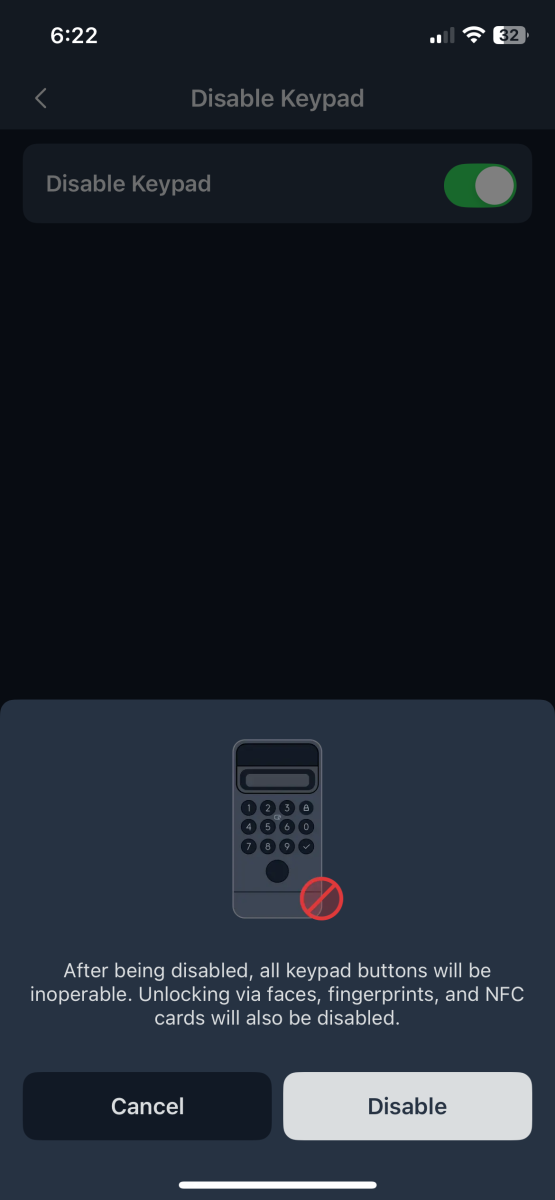
The large button on the bottom works as a doorbell or activates a preprogrammed scene. I will use it to turn the lights on! Yay!
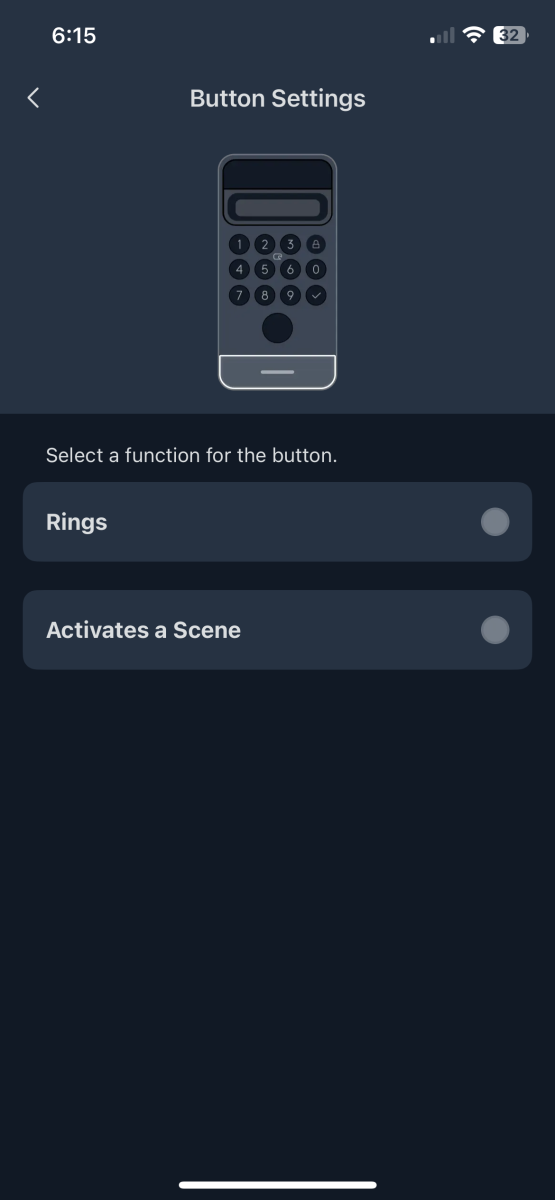
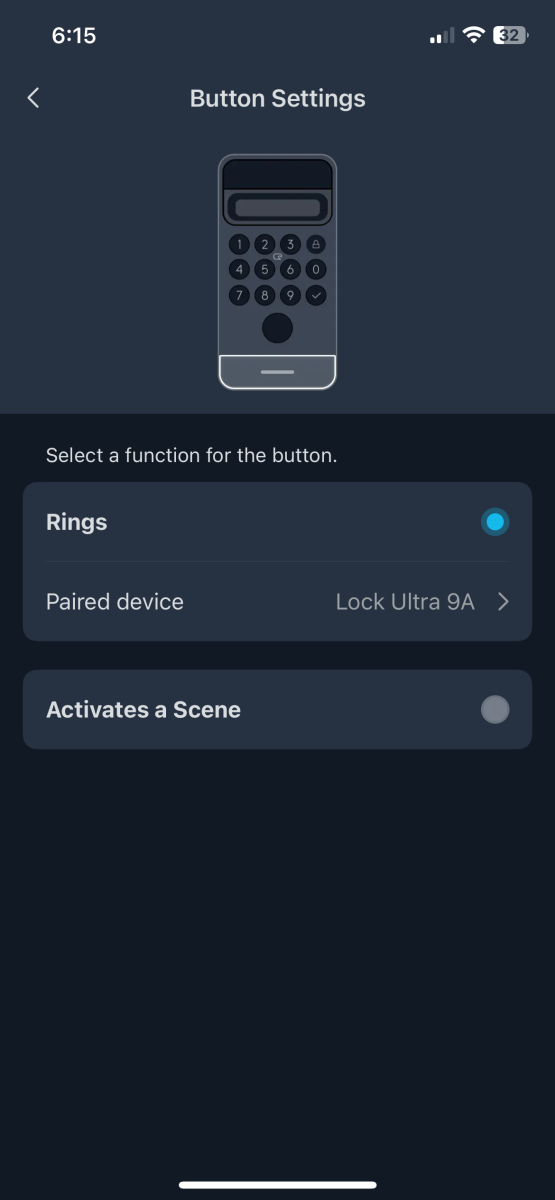
Stickers for “doorbell” and “home automation” can be affixed to the button.
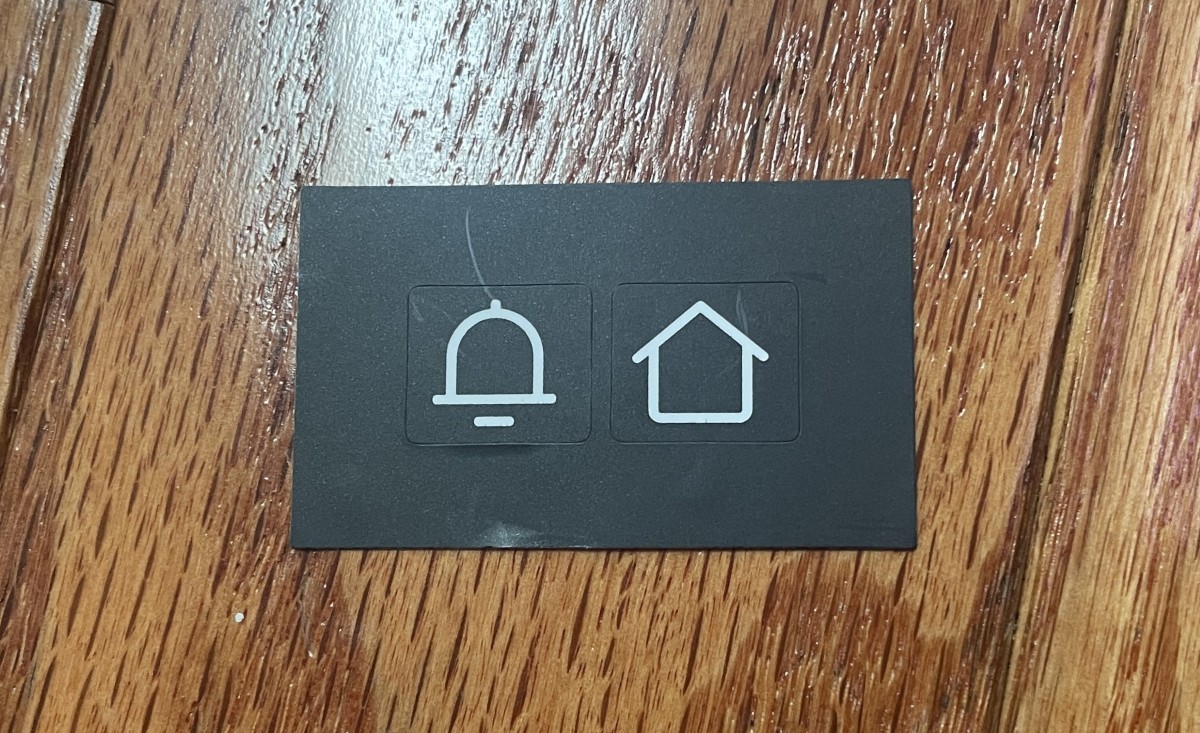
Final thoughts
With face and fingerprint recognition, NFC tags, and PIN codes, the SwitchBot Lock Ultra combo is a huge winner! Like all of their products, it’s easy to set up and install and has many configuration settings. Great job, and thank you, Switchbot!
What I like about the SwitchBot Lock Ultra/Keypad Vision Combo
- Face recognition, fingerprint, PIN code, and NFC tag unlocking.
- The combo has everything to get the system up and running for most deadbolts.
What needs to be improved?
- The Lock Ultra’s mounting plate and adaptor didn’t fit my lock, so I needed to design and 3D print an adaptor. More adaptor sizes would help.
- The Lock Ultra mounting plate holes also didn’t fit the lock. I needed to drill them out a bit.
Price: Lock Ultra – $139.99, Lock Ultra Vision Combo – $289.99
Where to buy: SwitchBot
Source: SwitchBot provided a free sample for this review but did not provide input, guidance, or editing before publication.
Check out these other reviews!
- OrangeStorm Giga 3D Printer review
- SwitchBot Lock Pro and Keypad review
- SwitchBot Universal Remote Control review
- SwitchBot Curtain Robot review
- SwitchBot Hub 2 review



Gadgeteer Comment Policy - Please read before commenting
Hi, thanks for the review… my front door is a little wide and there is more than 9cm between the knob that I would like to replace with the smart lock wifi ultra and the fixed frame, so the magnet would be more than 50mm apart. Is it possibile to pair the smart lock with a switchbot Contact Sensor to achieve the very same functionality the magnet offers? What does the app say about it? Switchbot support isn’t replying my questions for the last 3 days… thank you in advance
Hi Alessandro, the app does not have a provision for pairing a SwitchBot Contact Sensor with the Lock Ultra. However, there does not appear to be anything special about the magnet. The magnet is detected by a hall effect sensor in the Lock Ultra’s body. There is a calibration procedure that detects the magnetic field with the door closed and open. I suspect that a stronger rare-earth magnet would serve purpose and provide the larger distance your door requires. I can confirm this works with the Contact Sensor – I used a considerably more powerful magnet between my garage door and sensor that works well and bridges a larger gap than the magnet that’s included with the device.
I hope this helps!
-dave